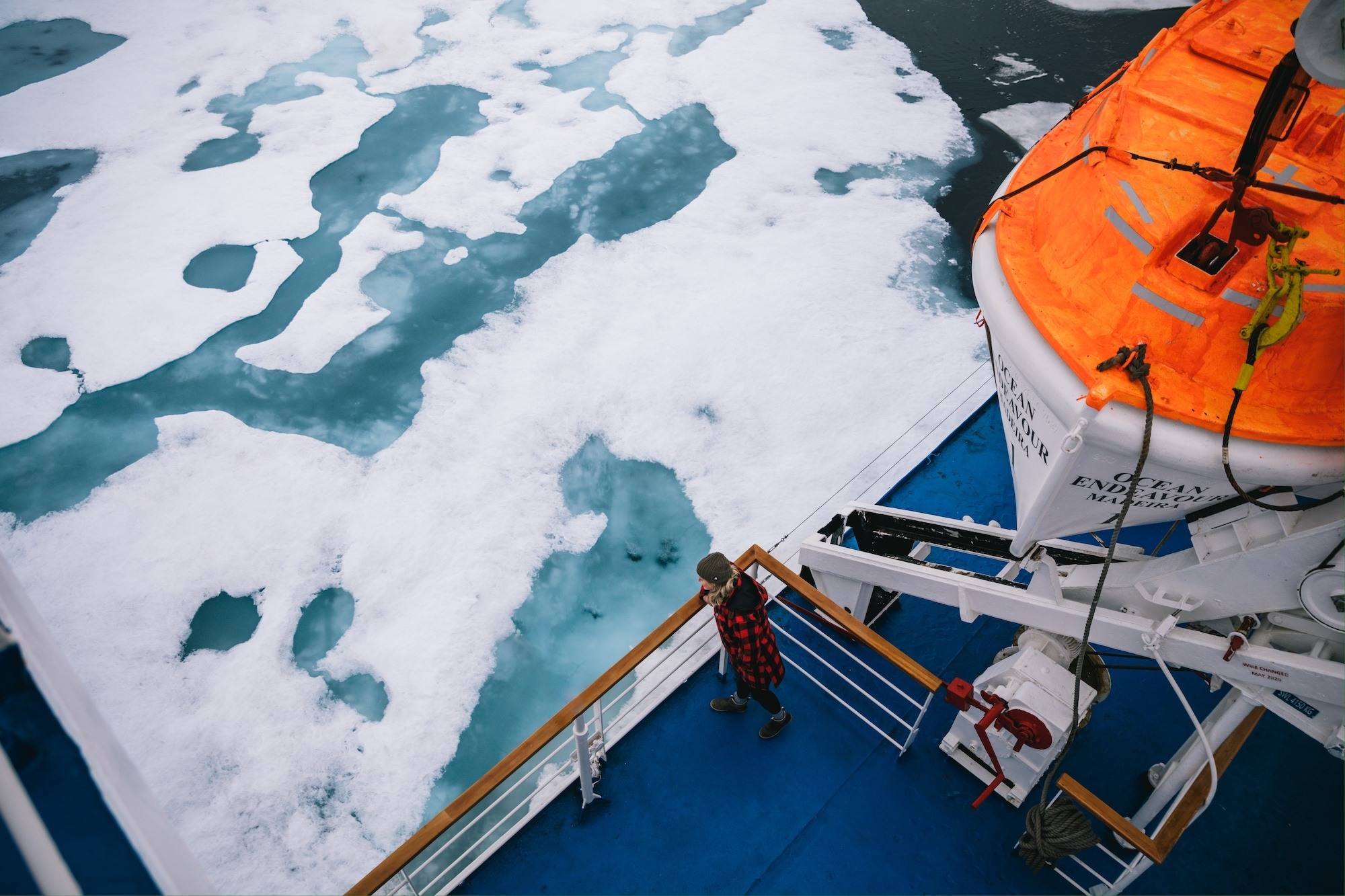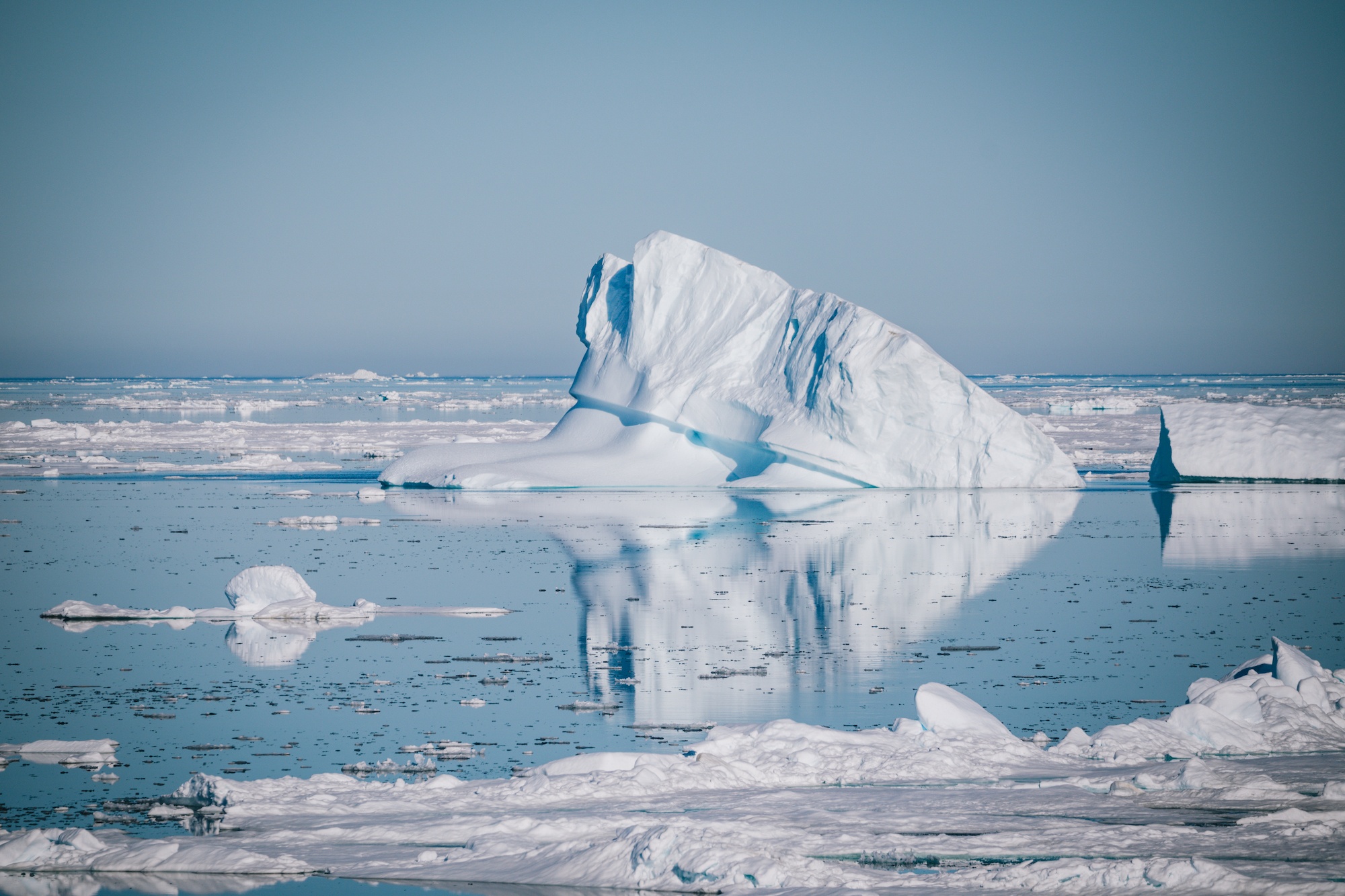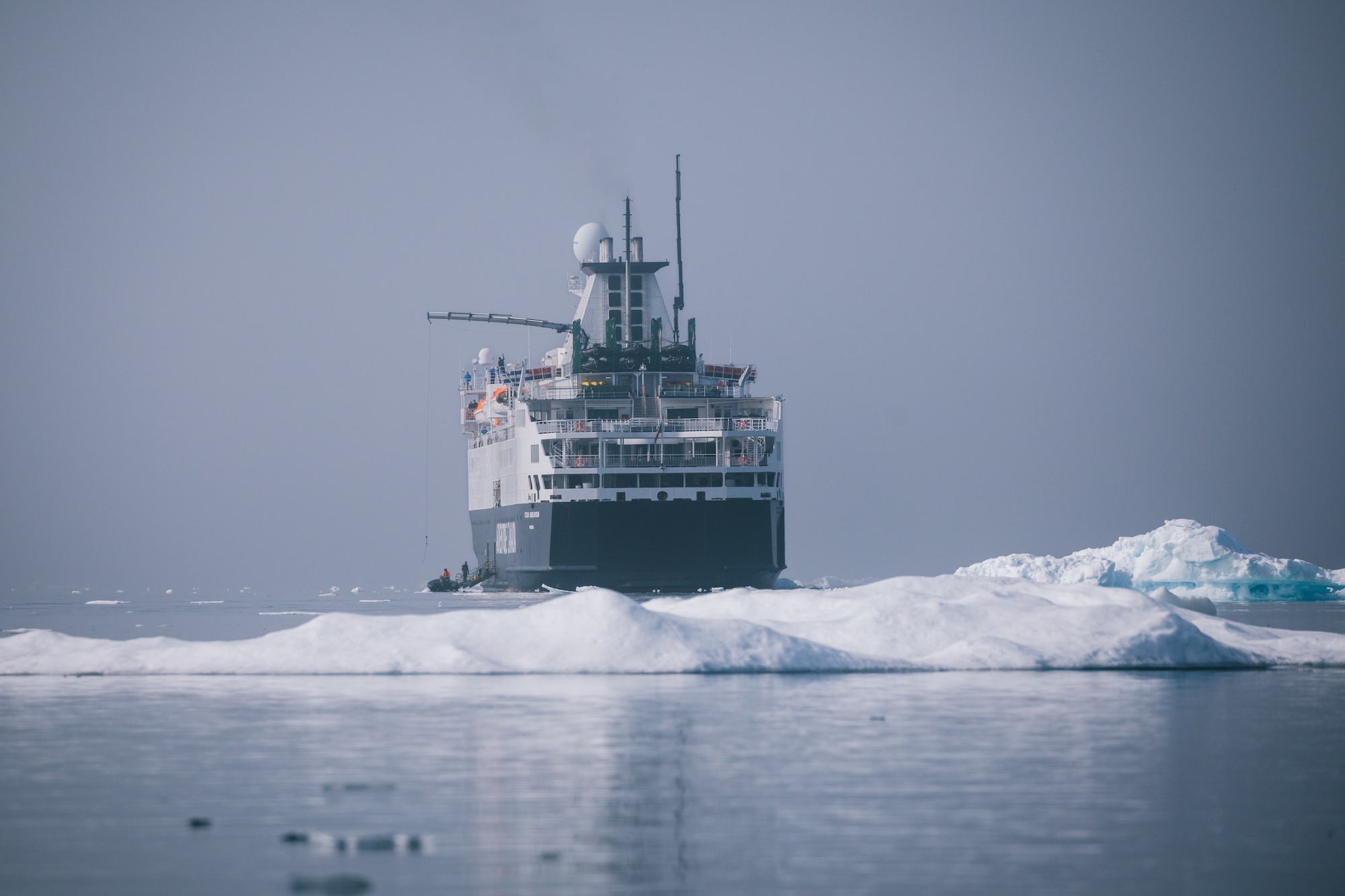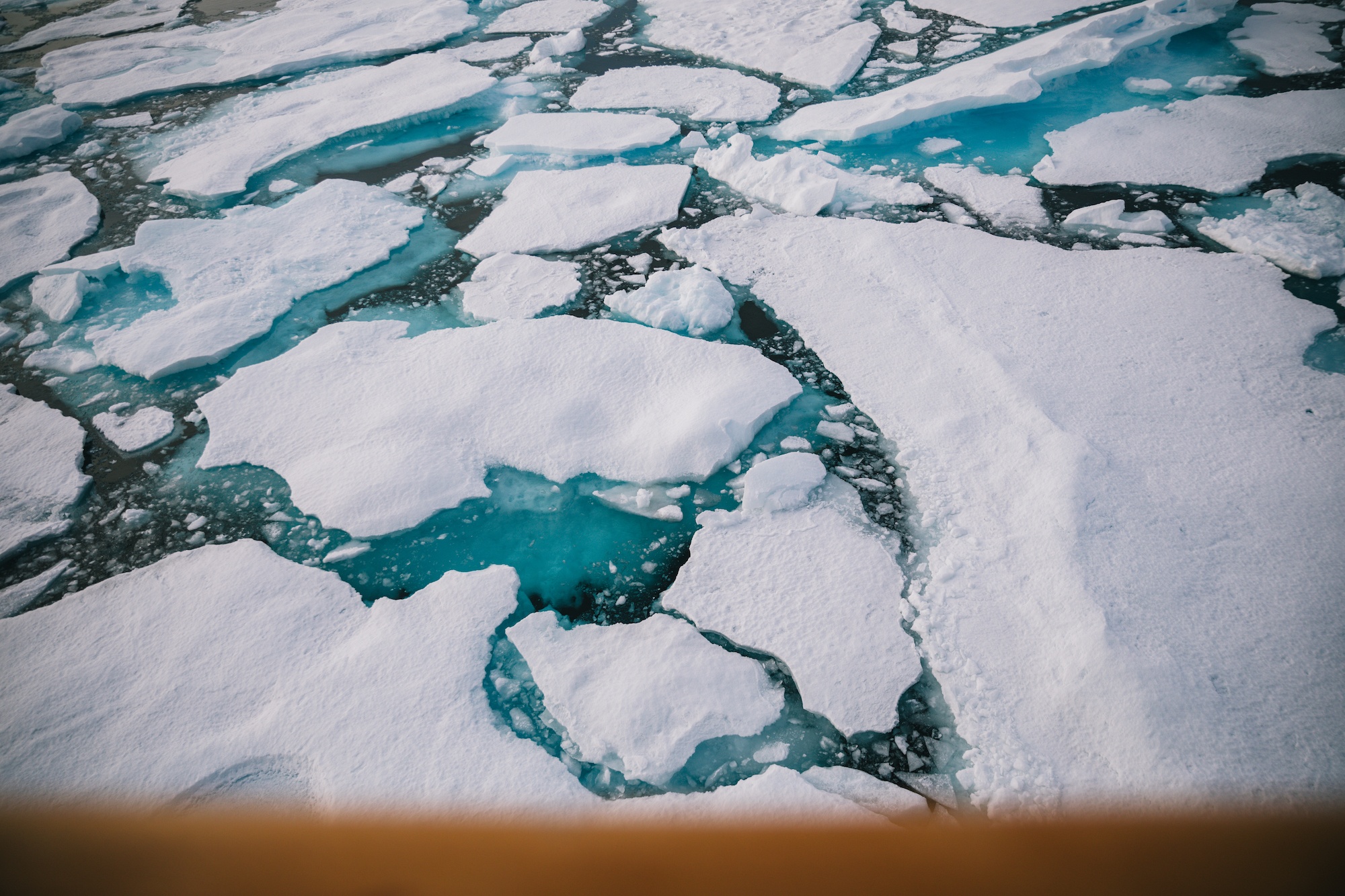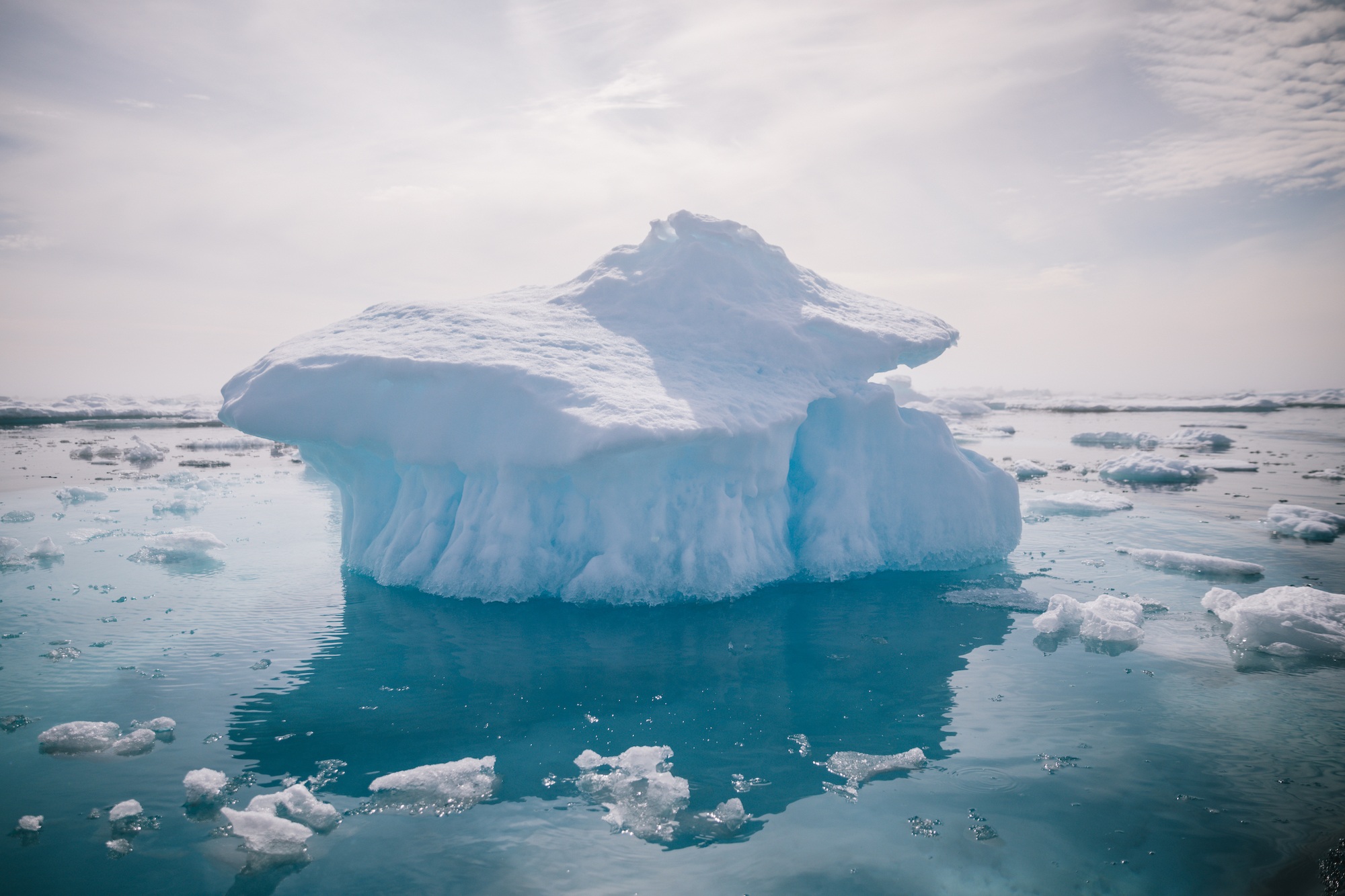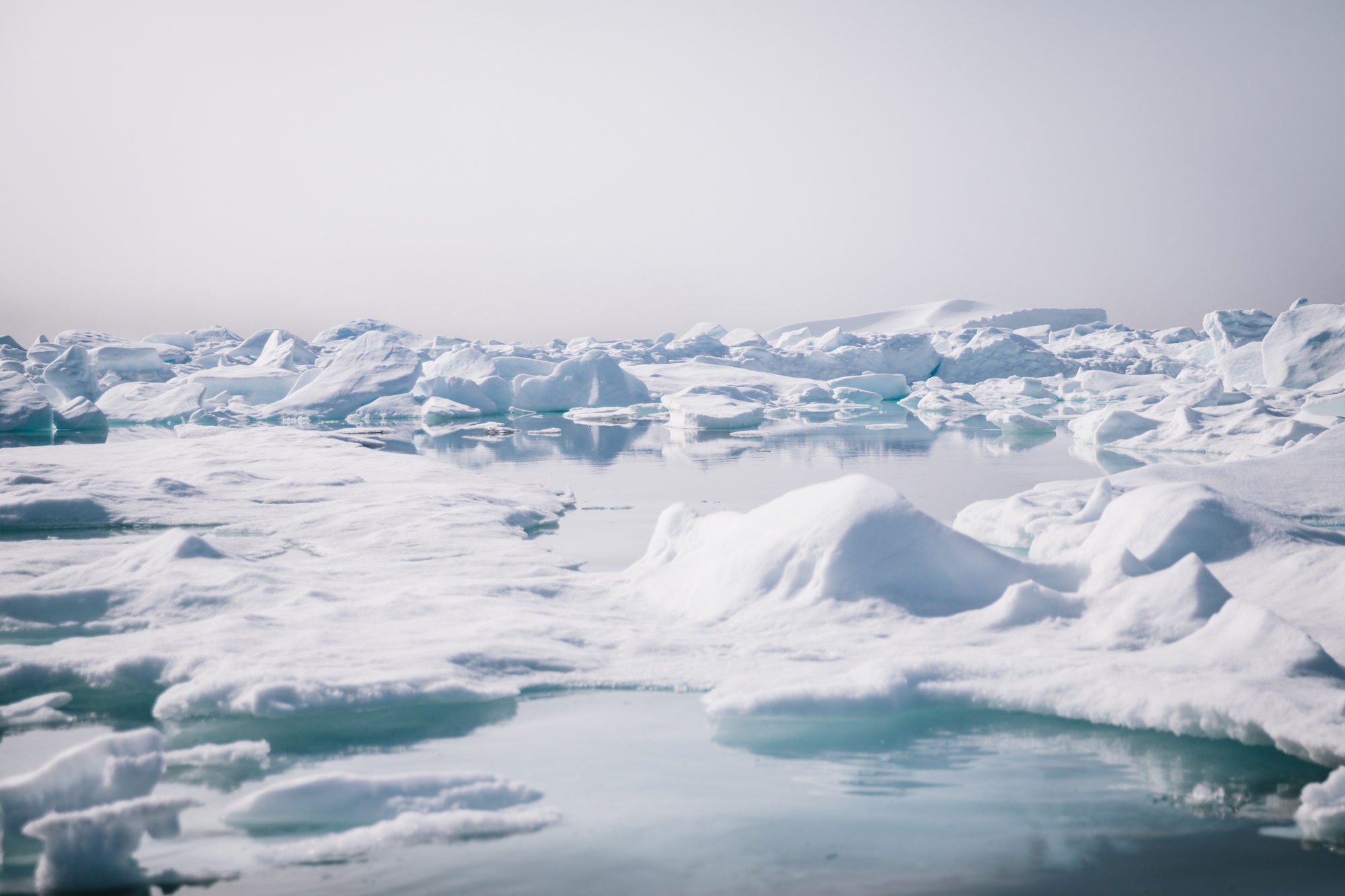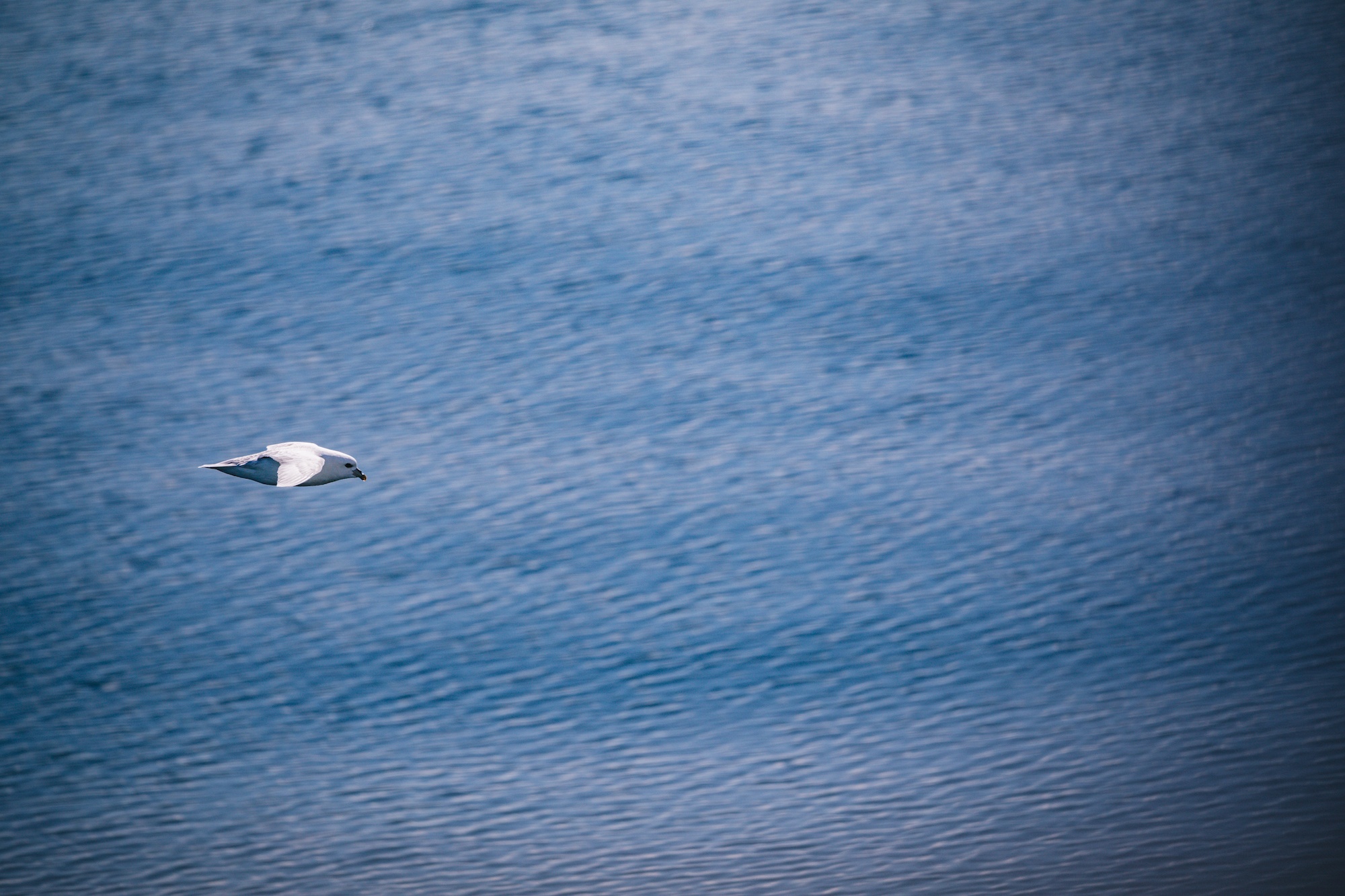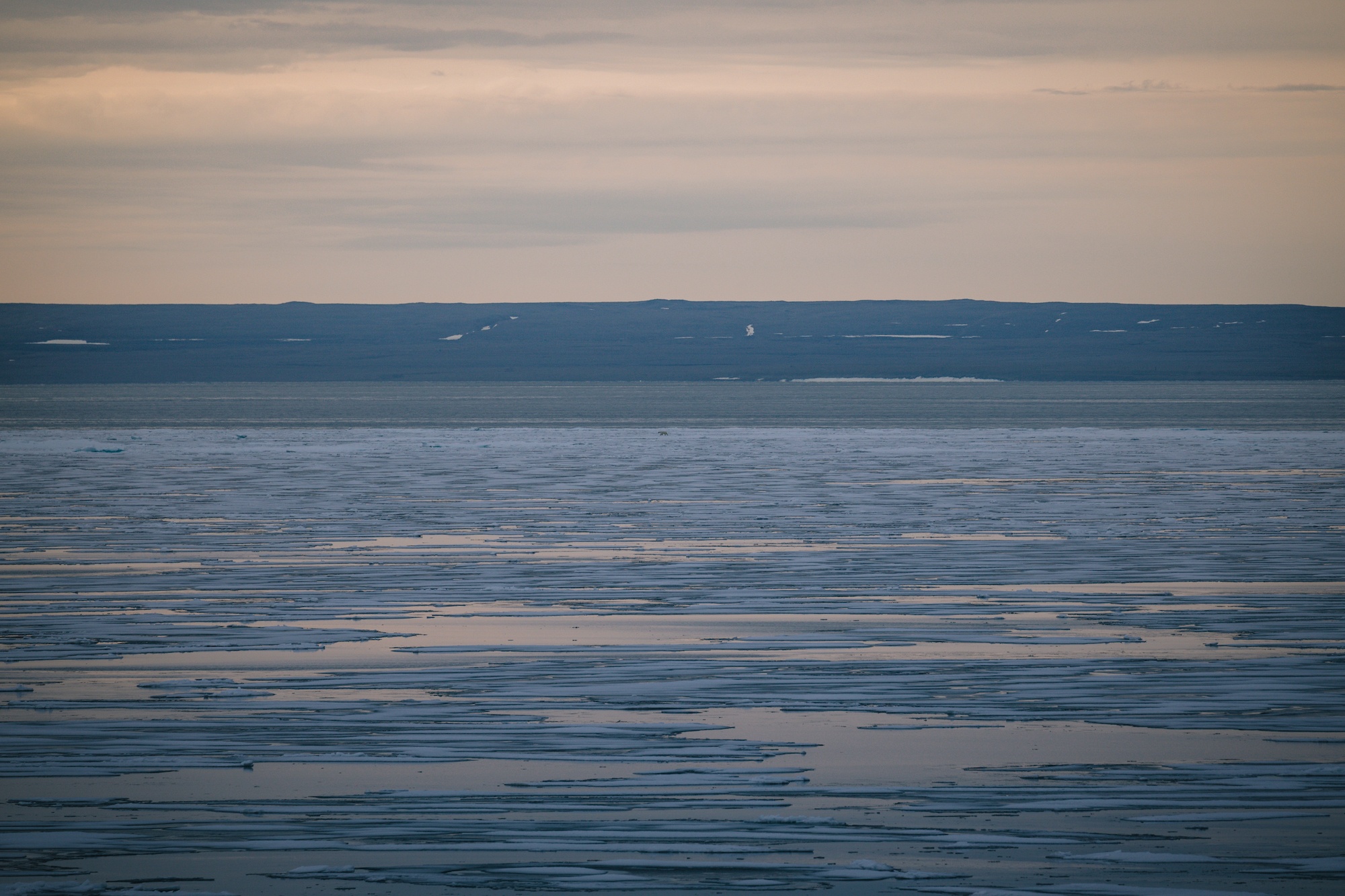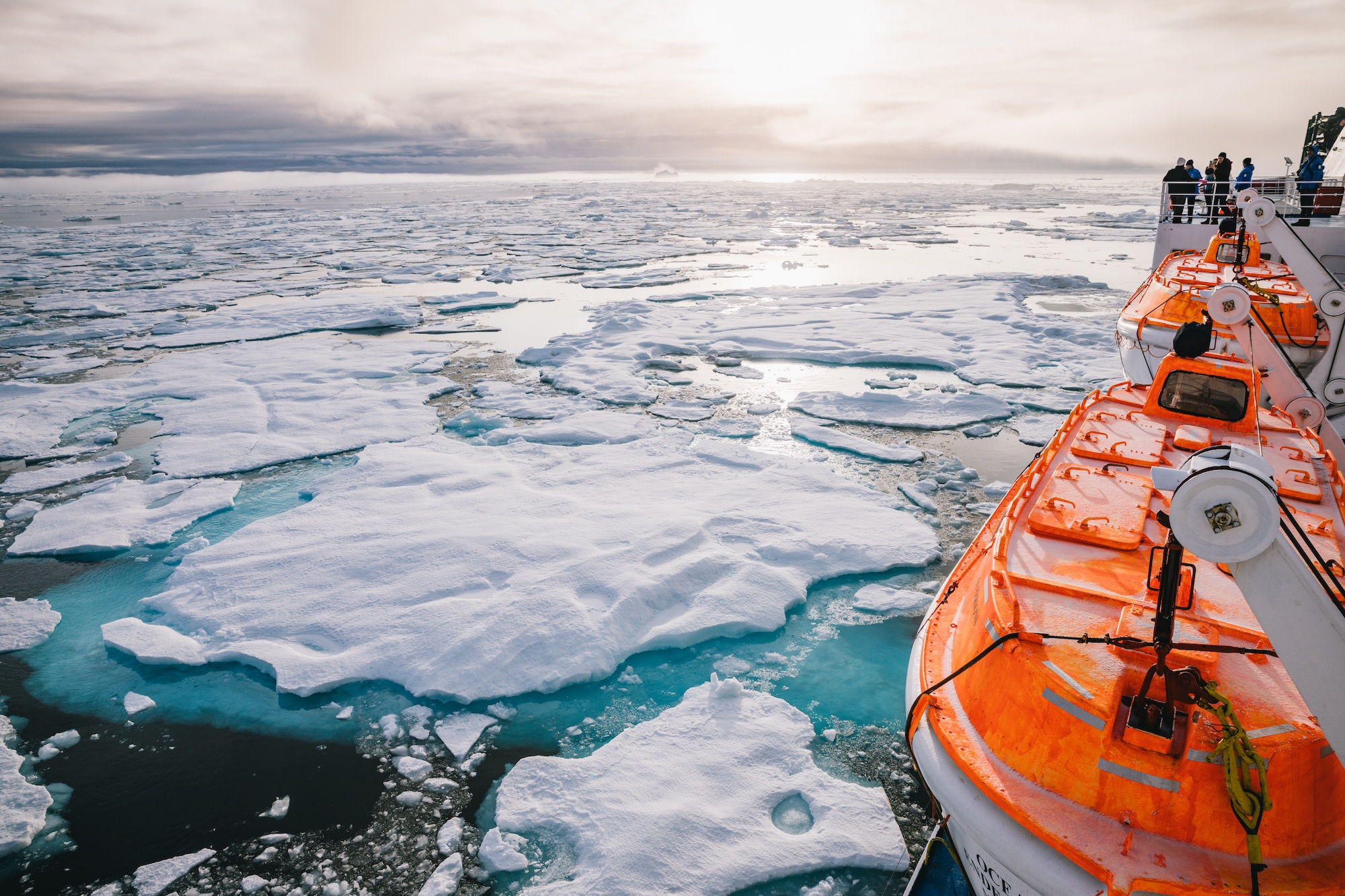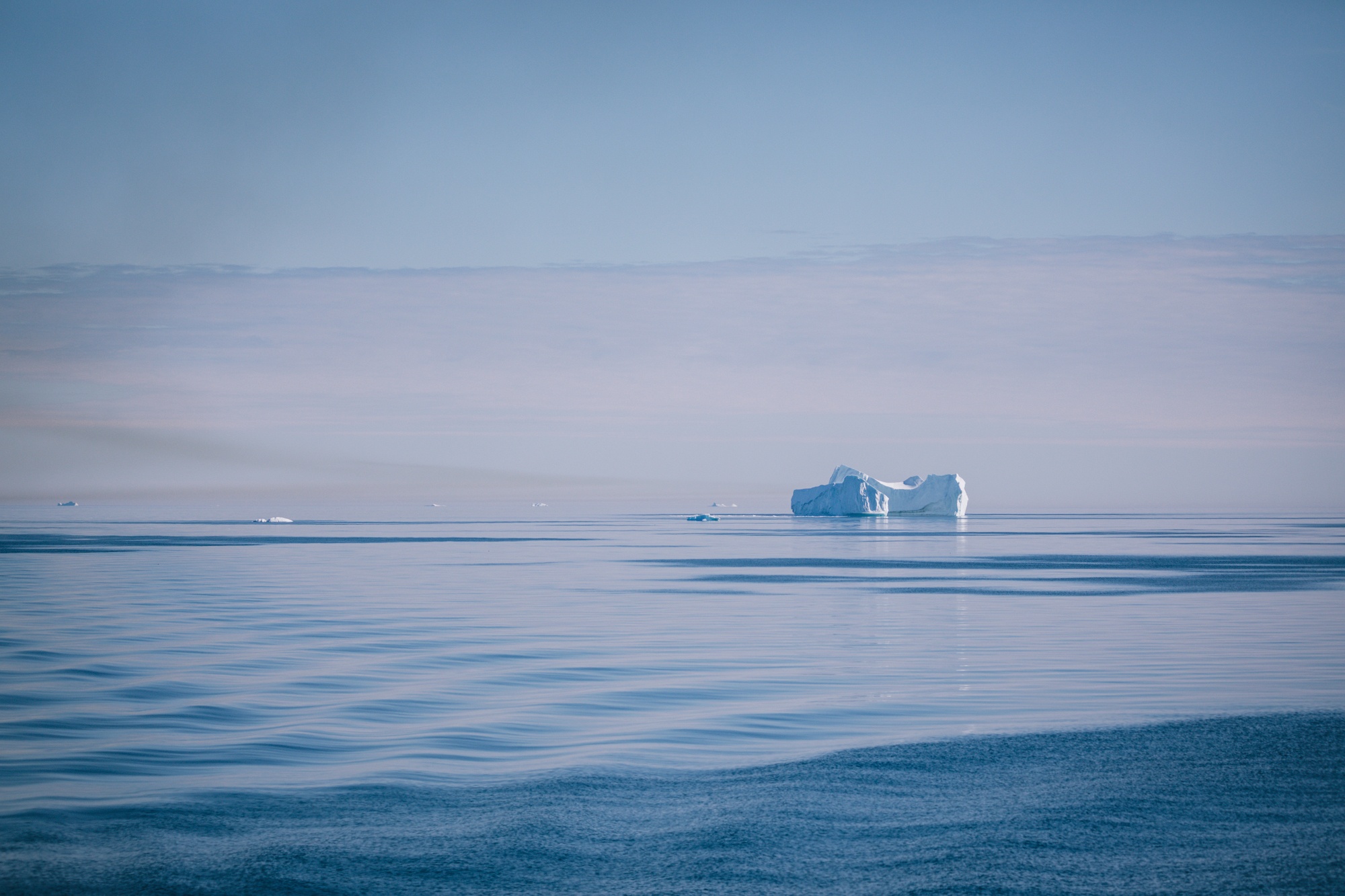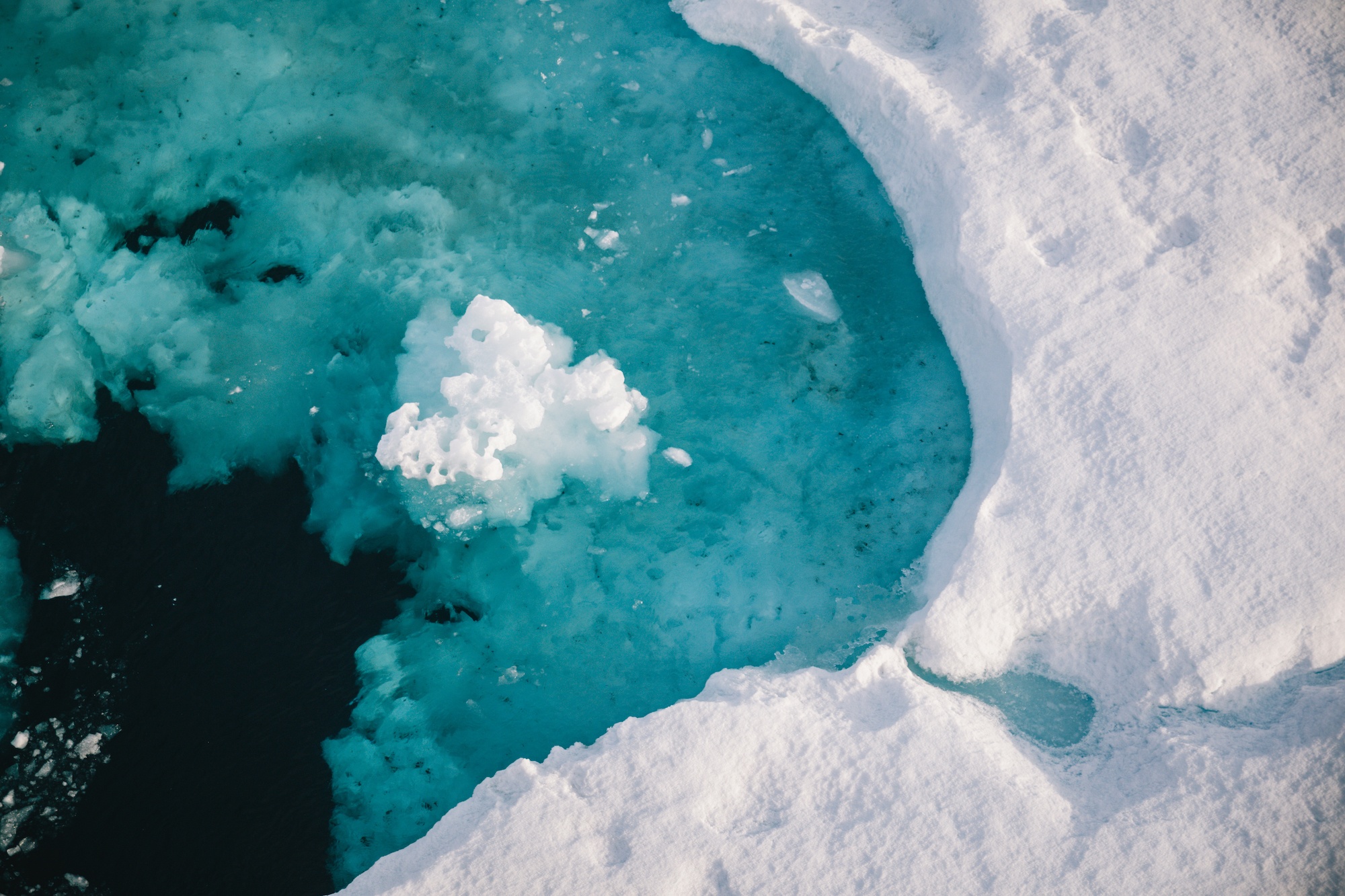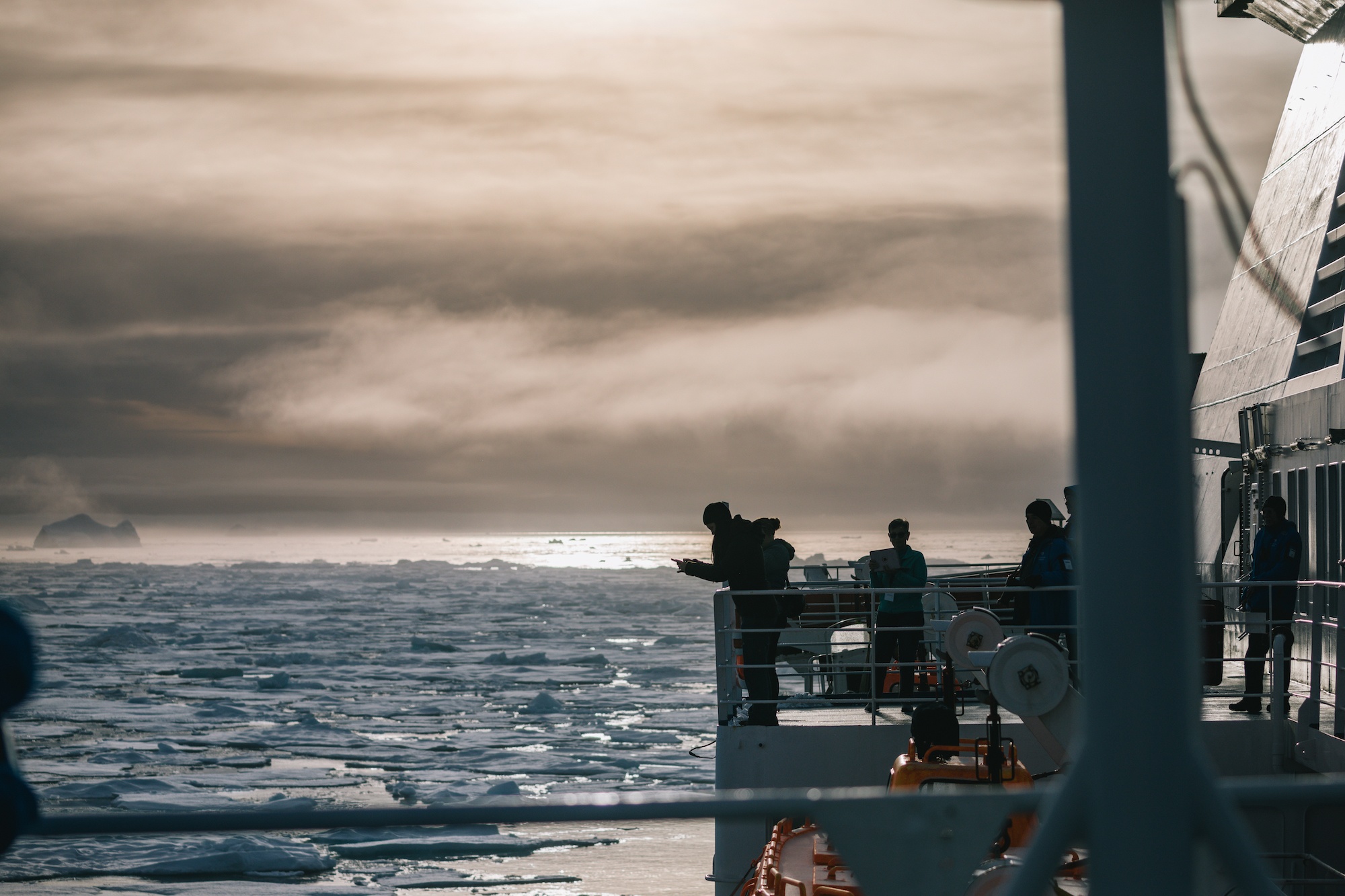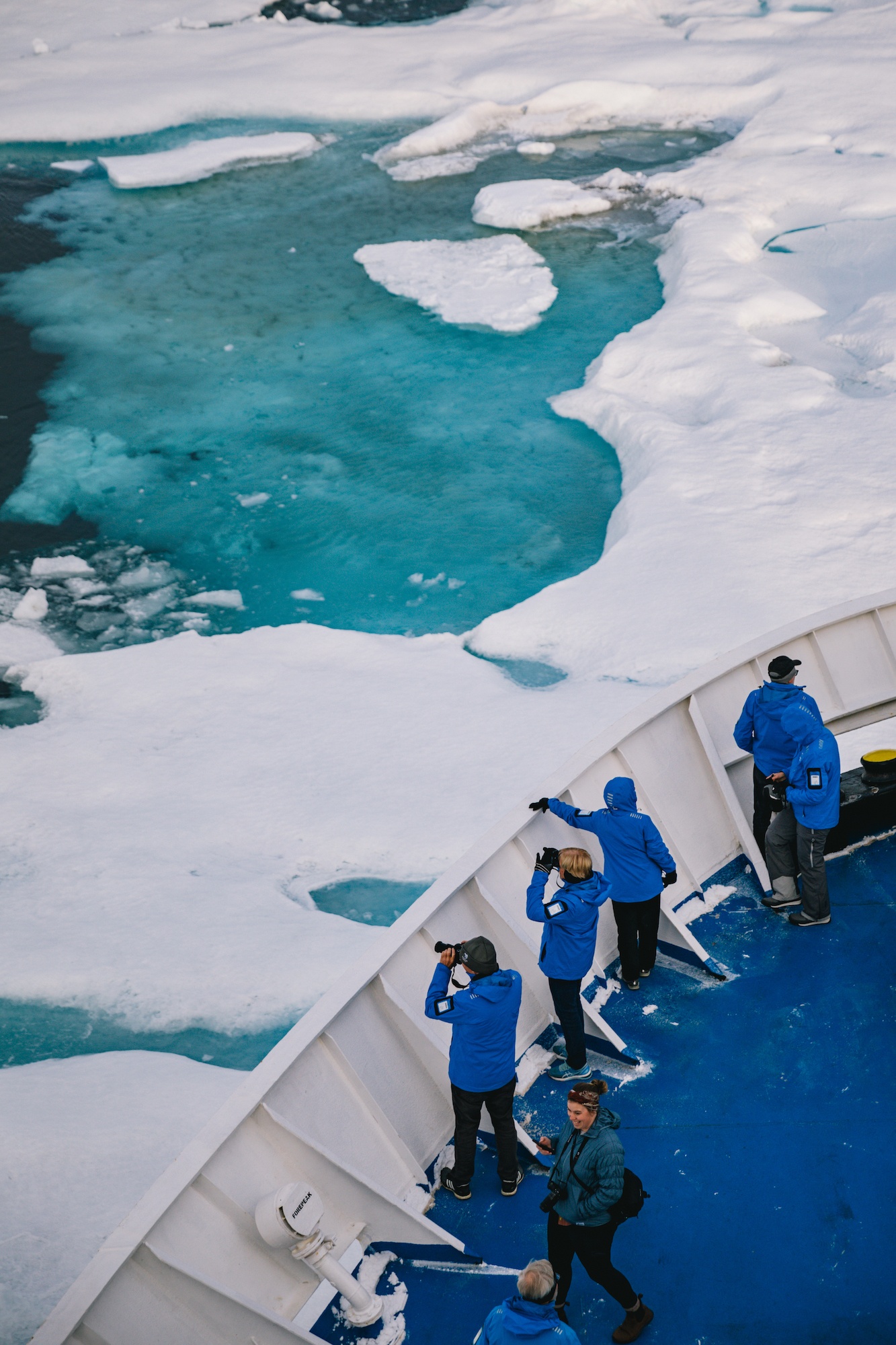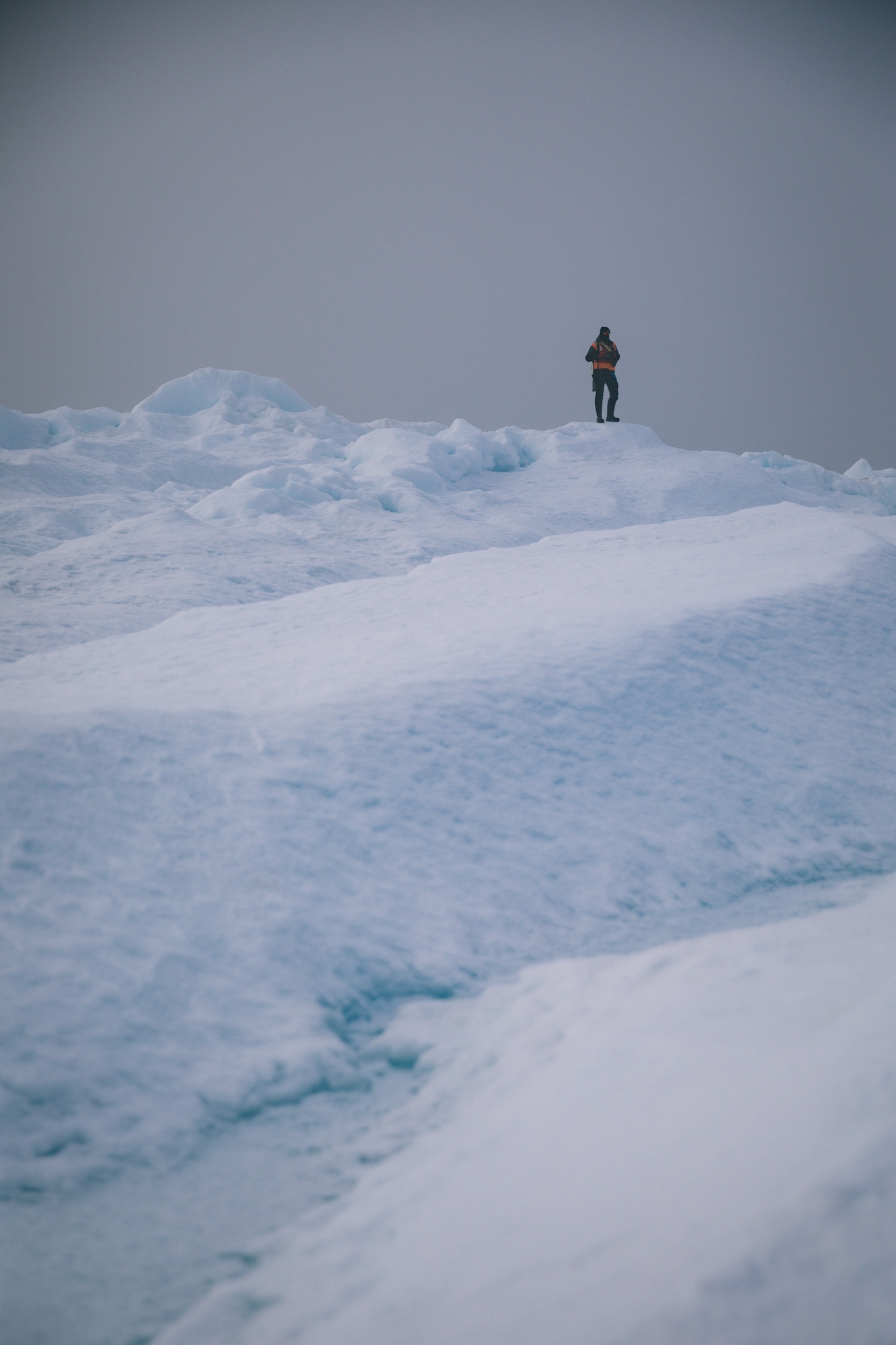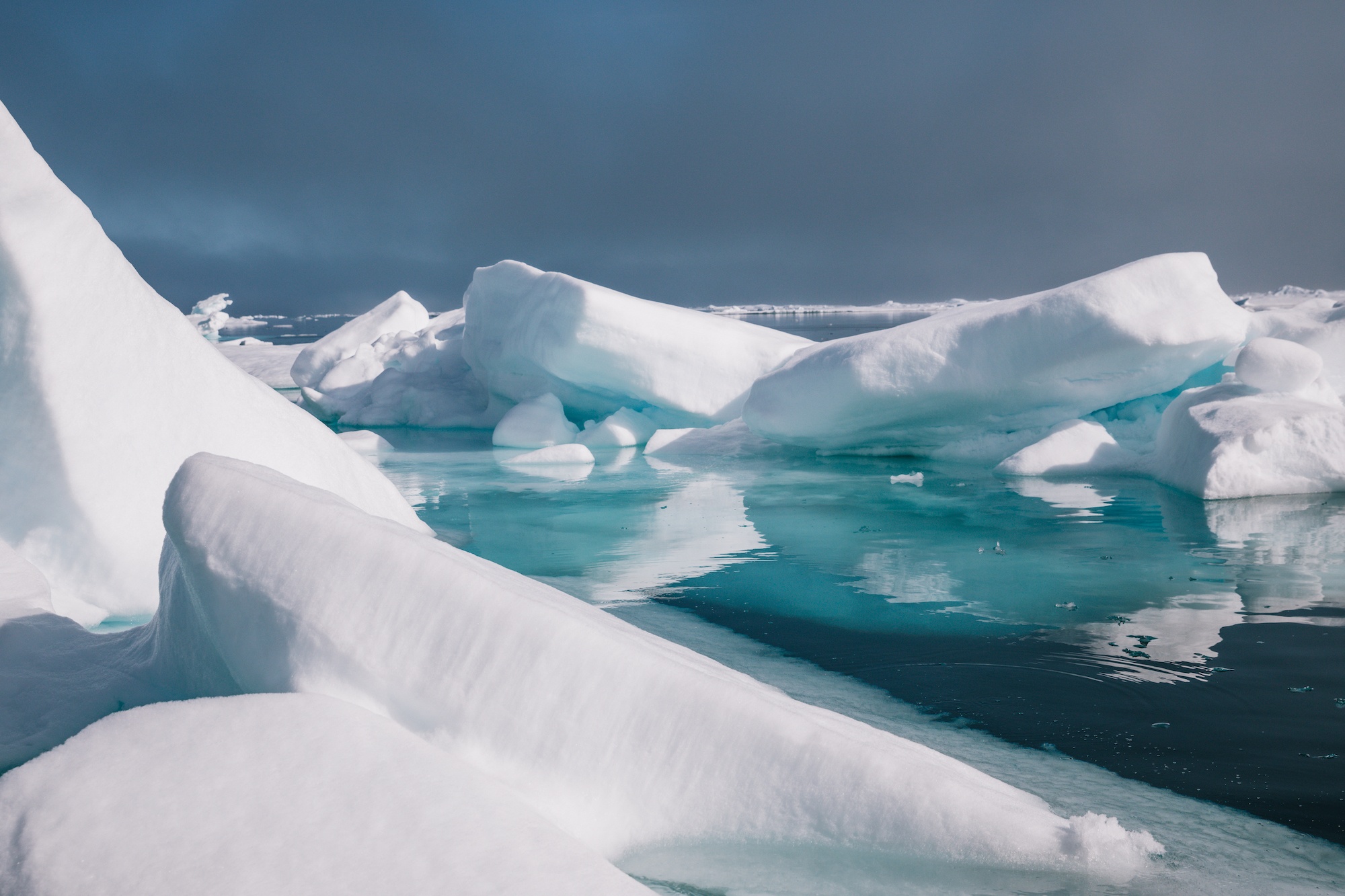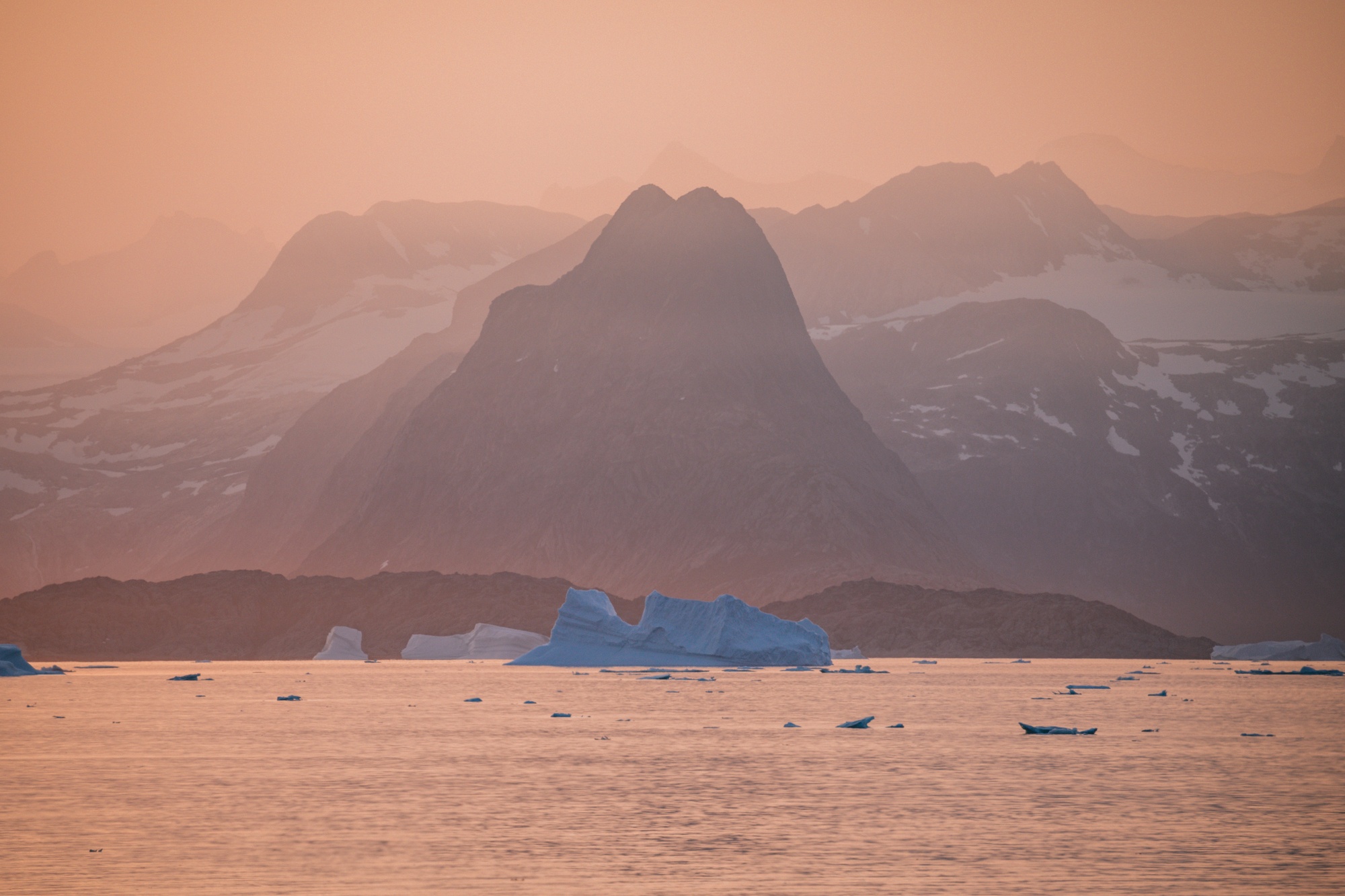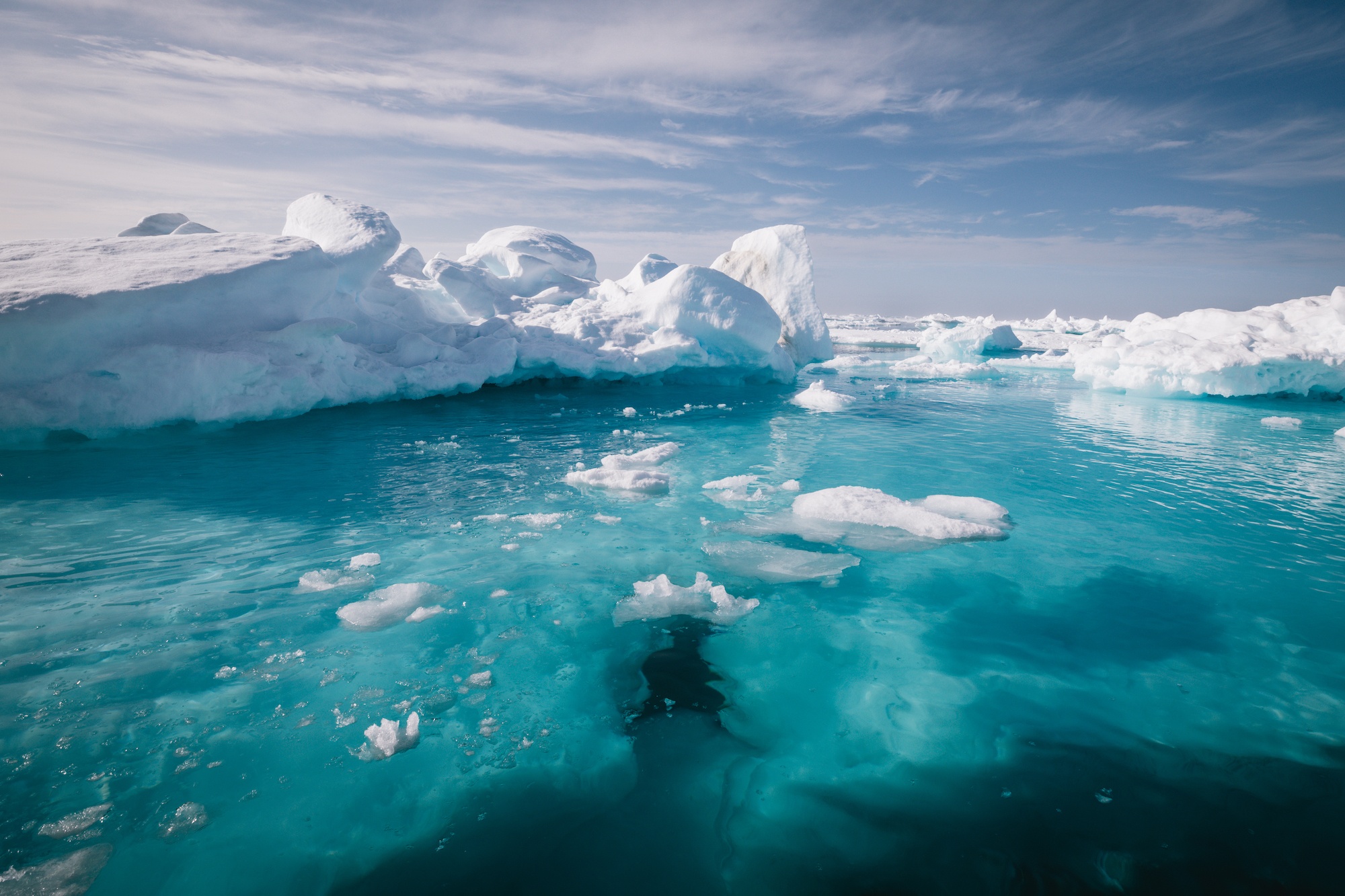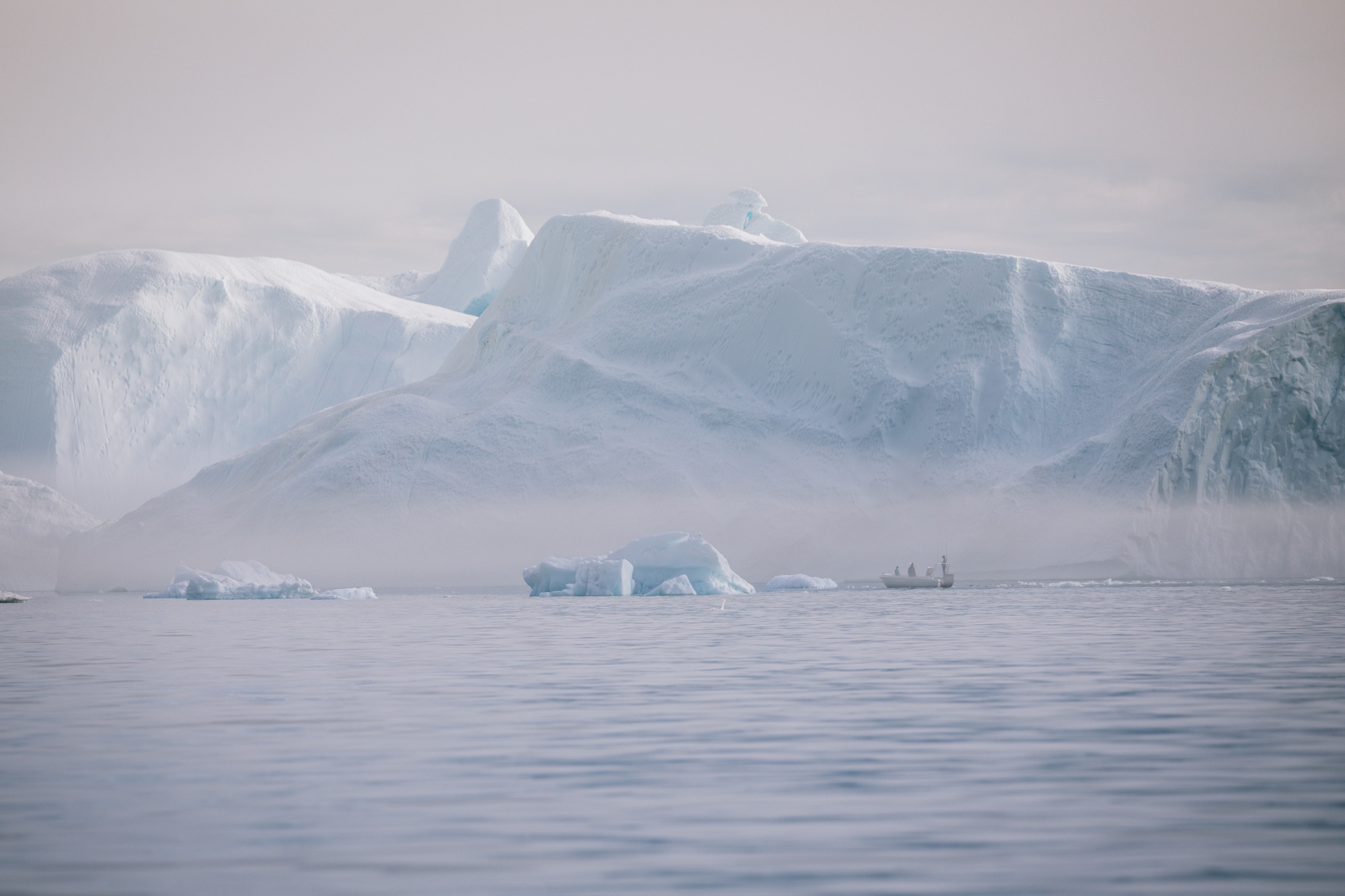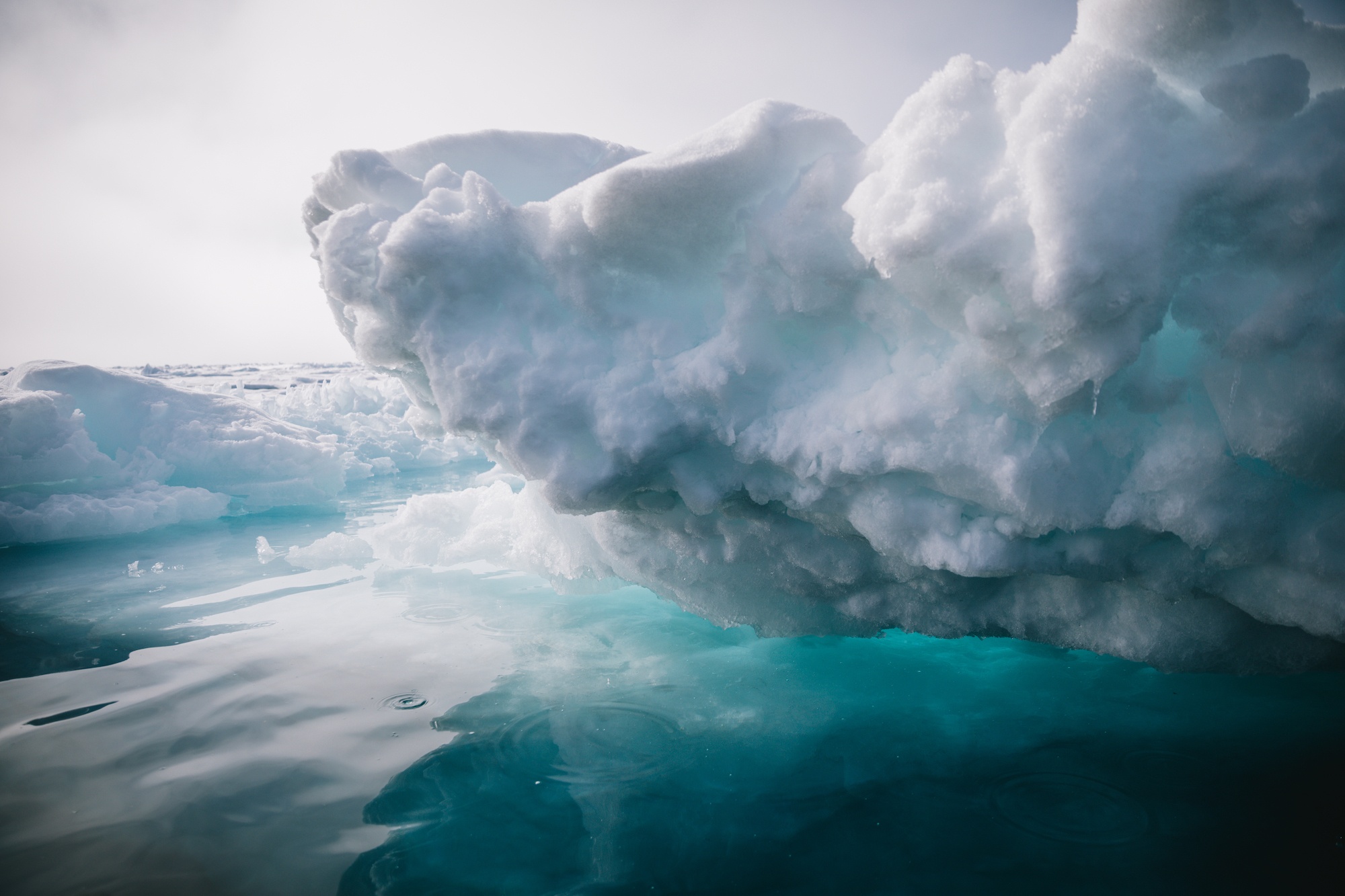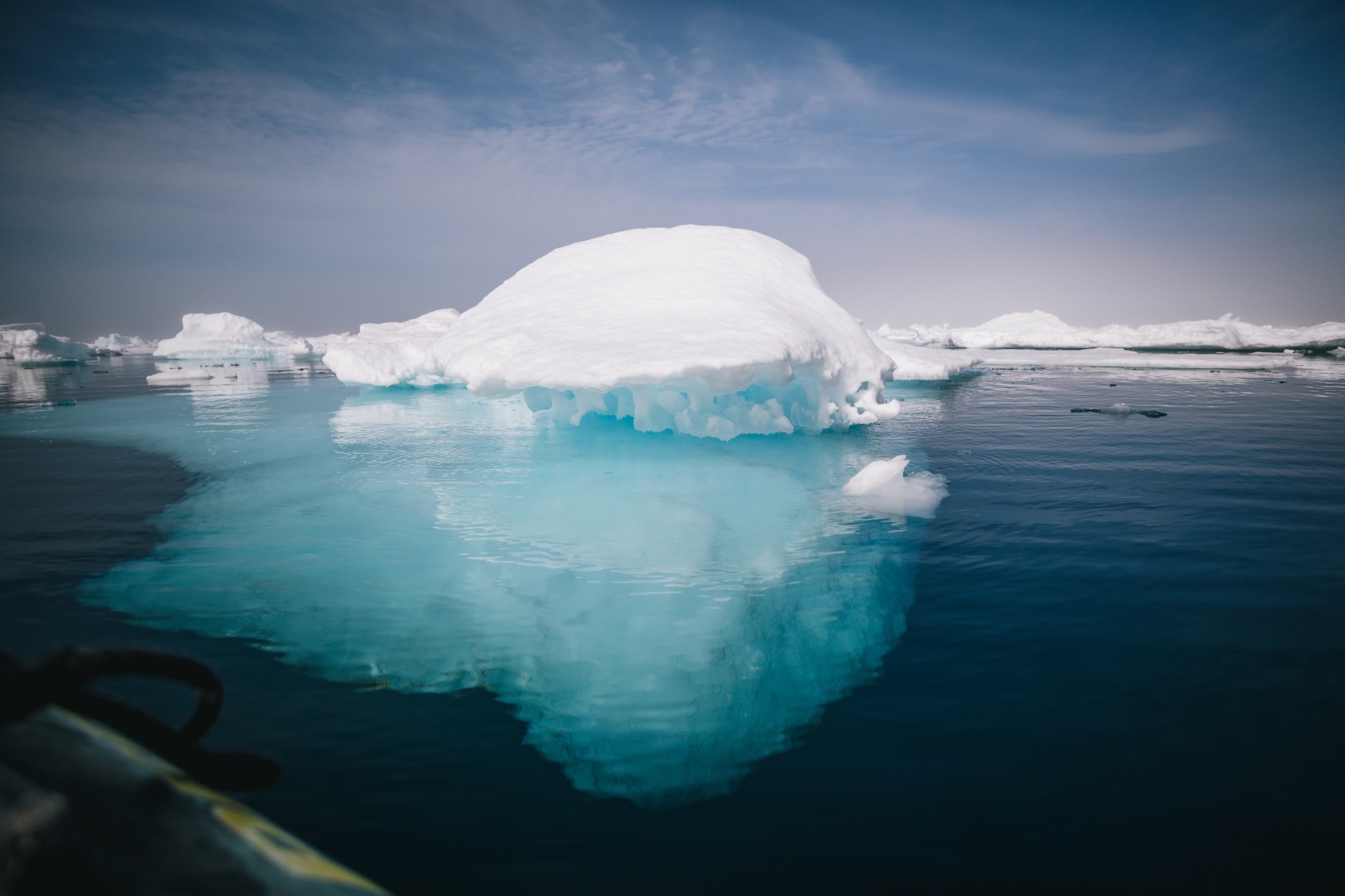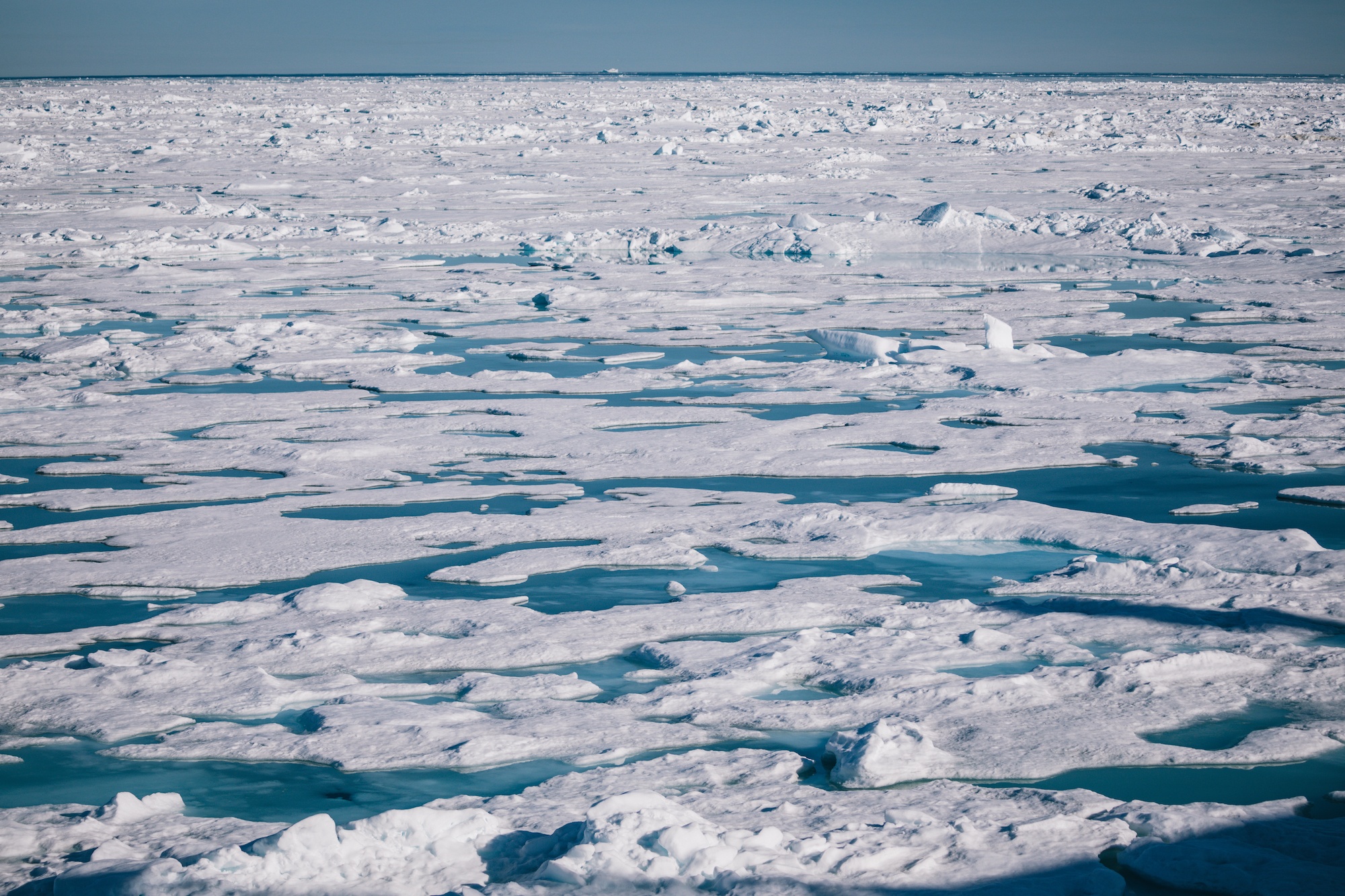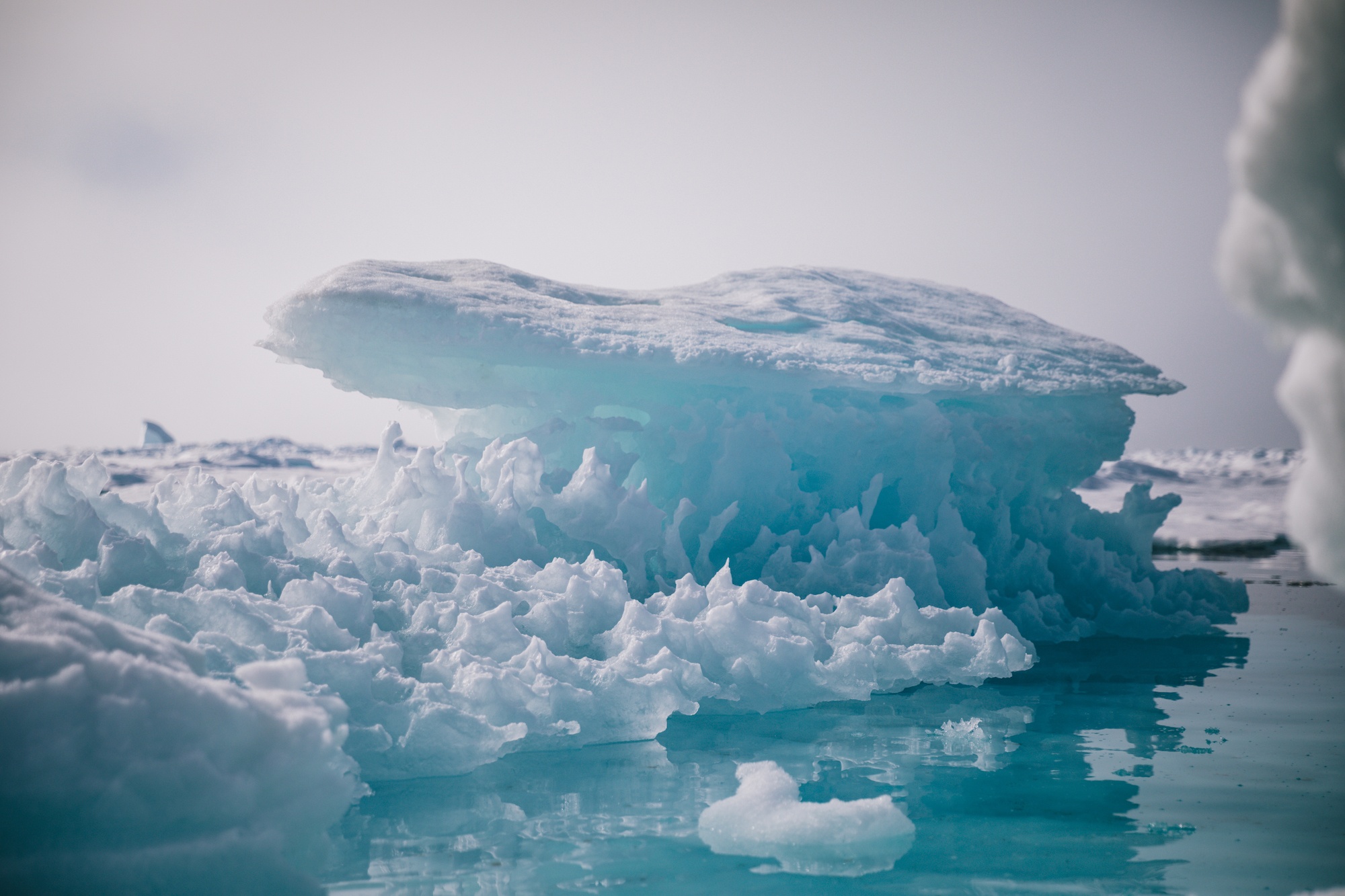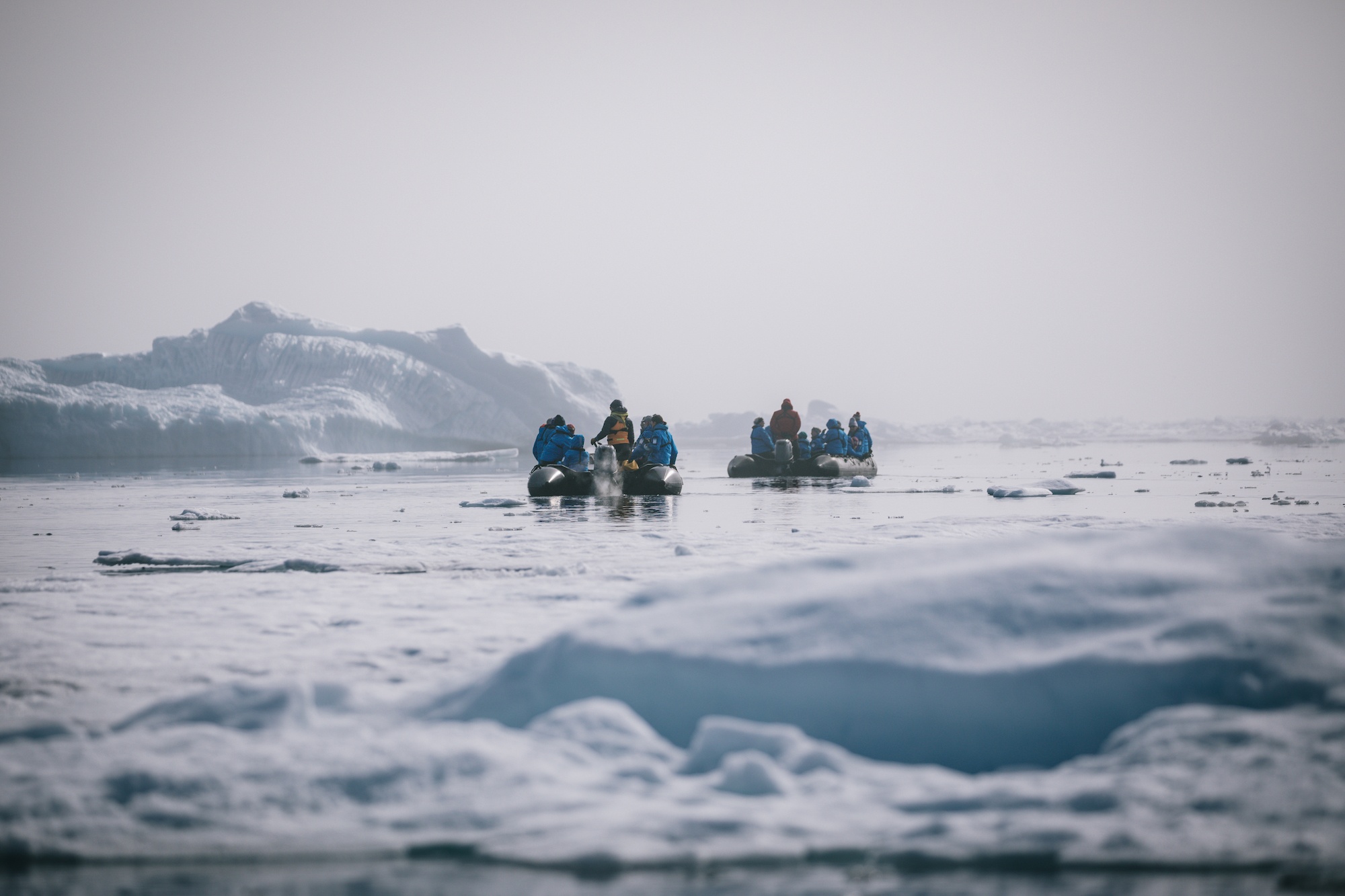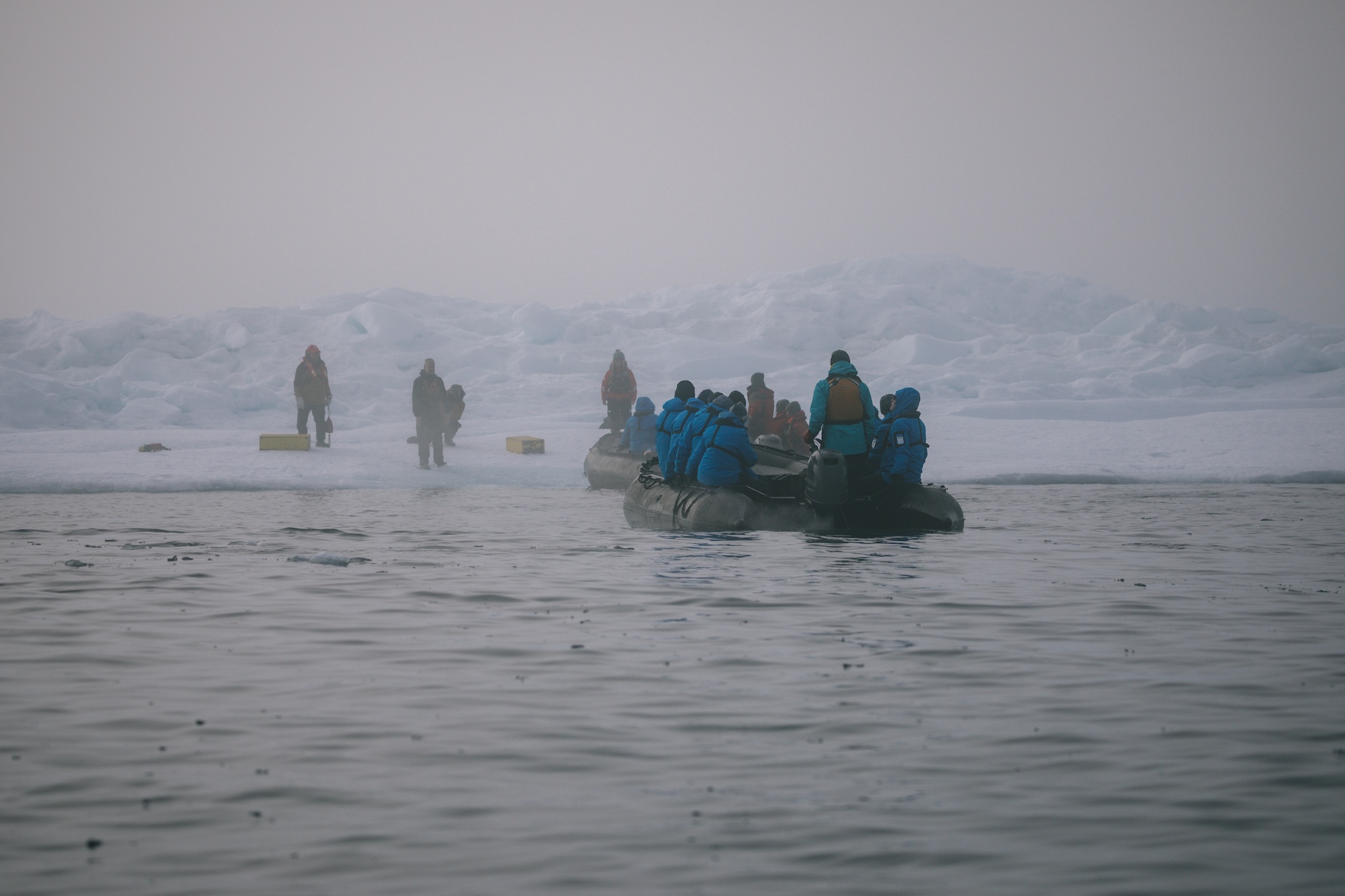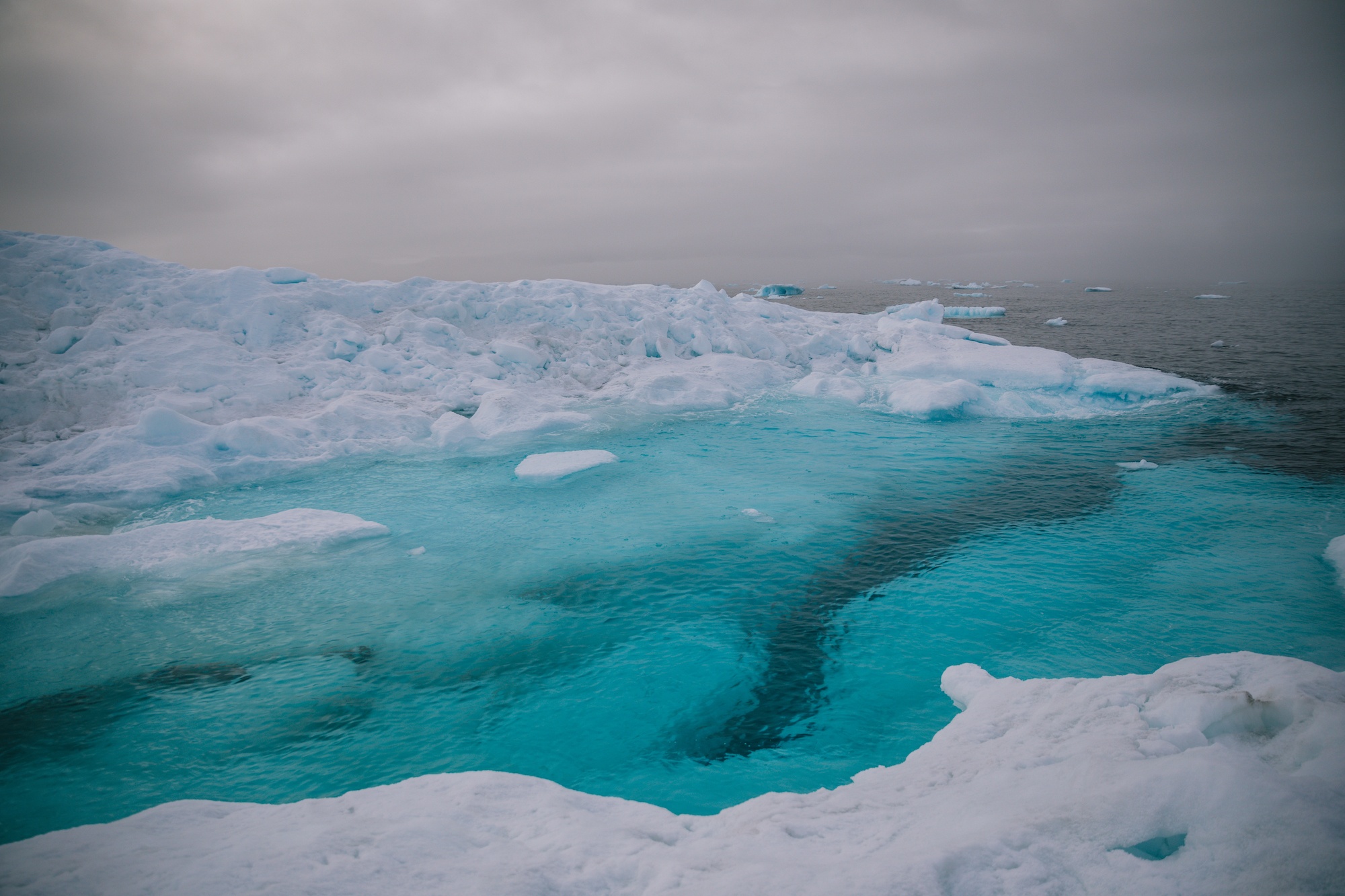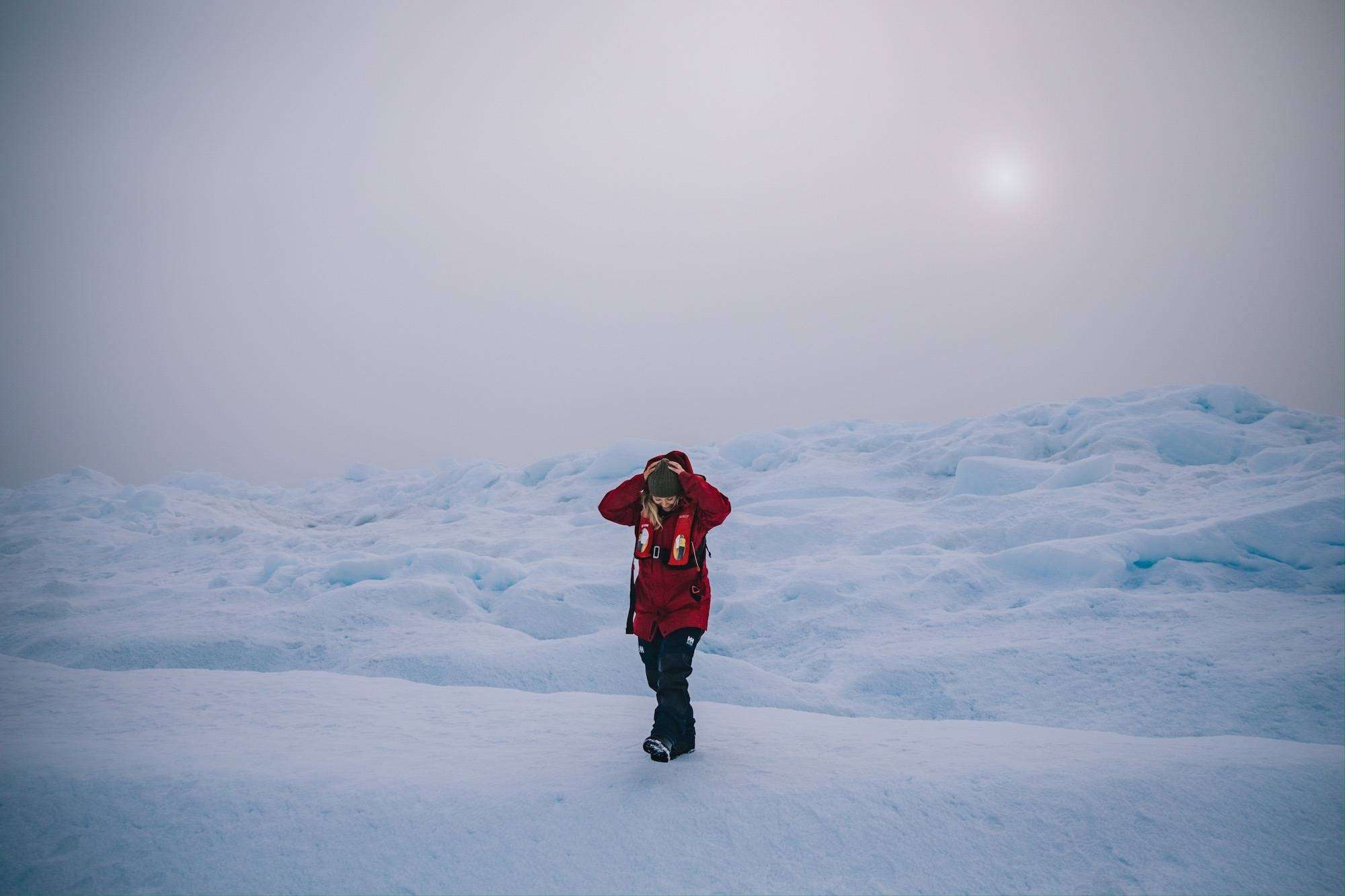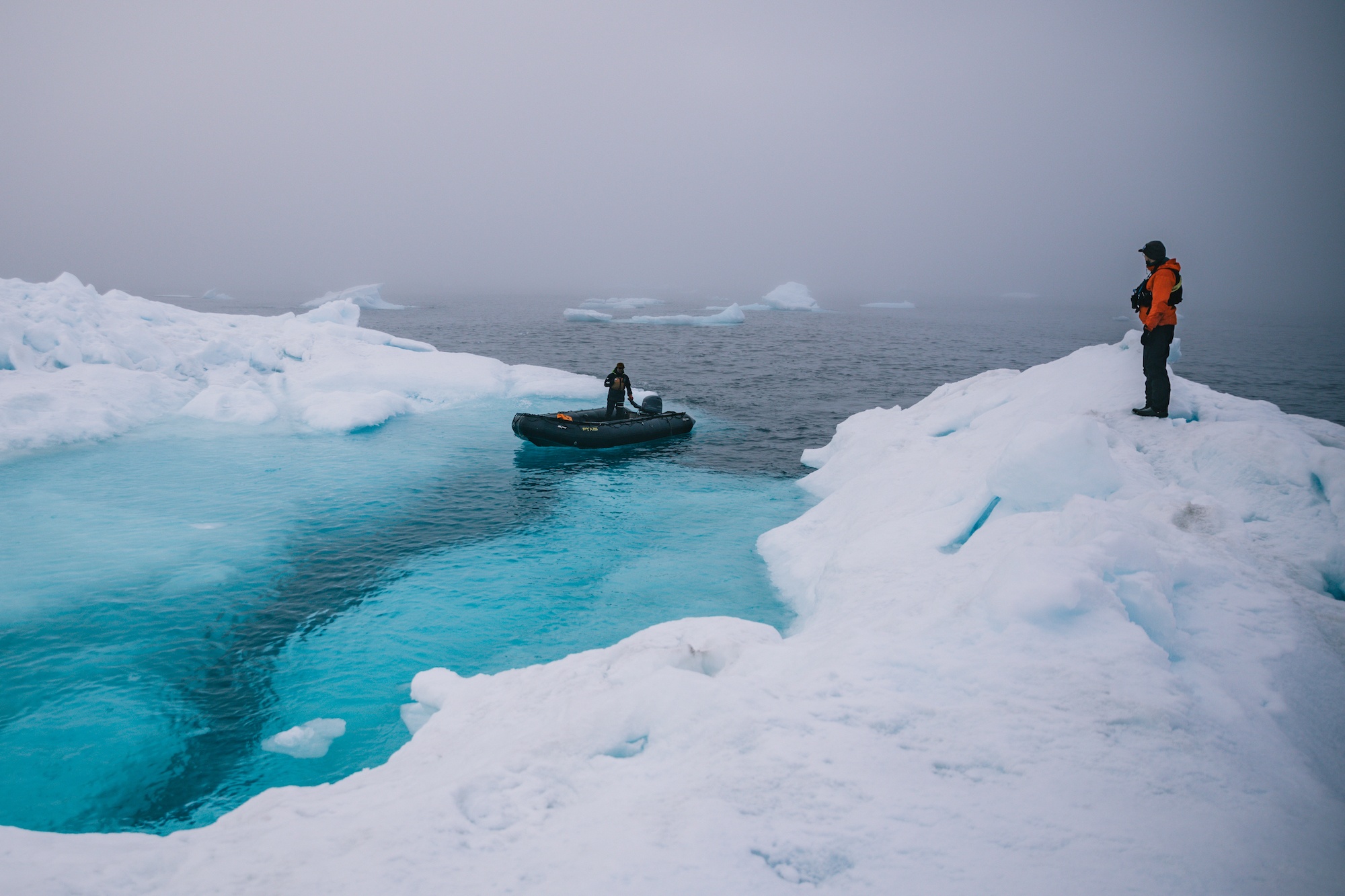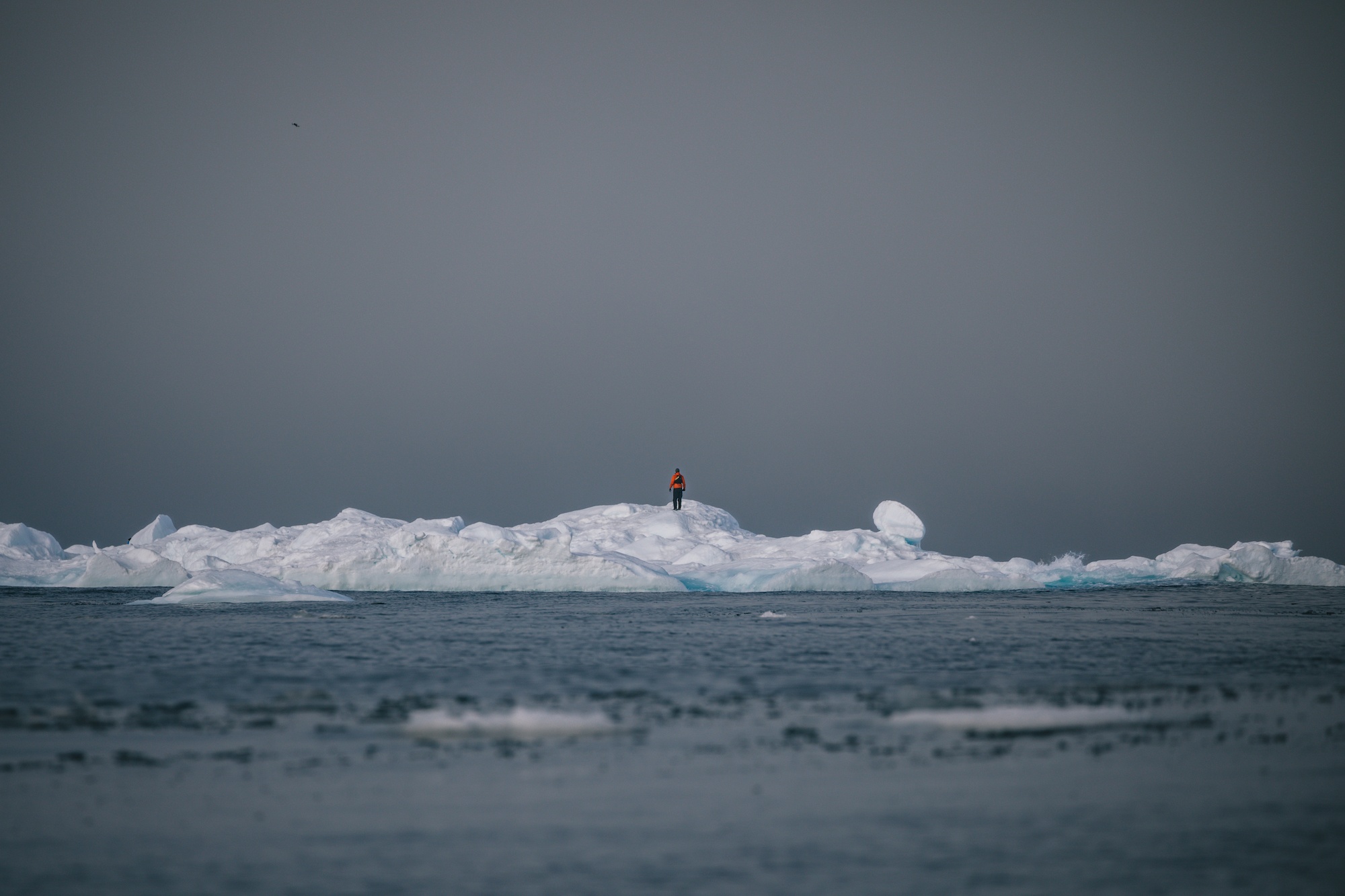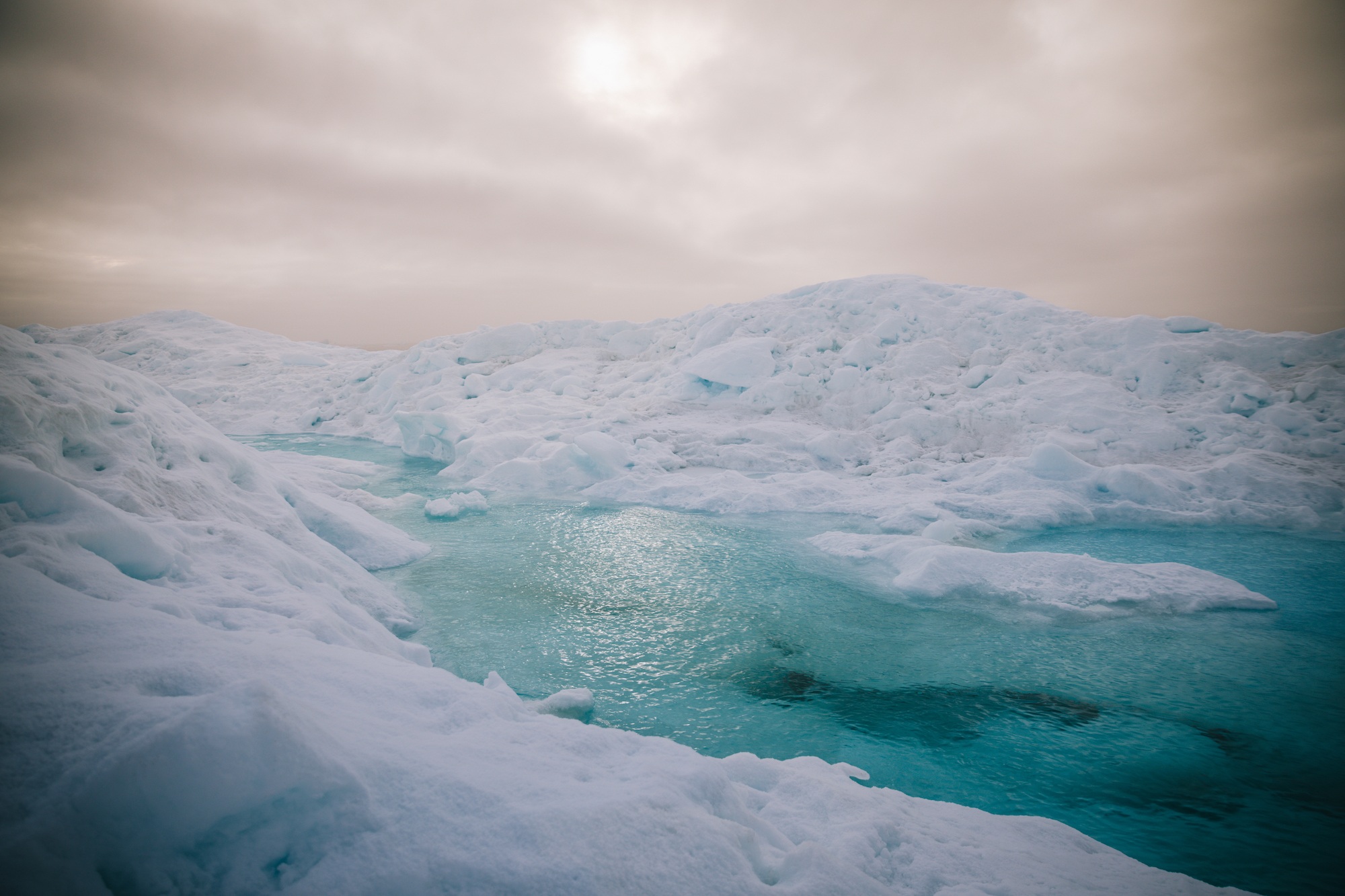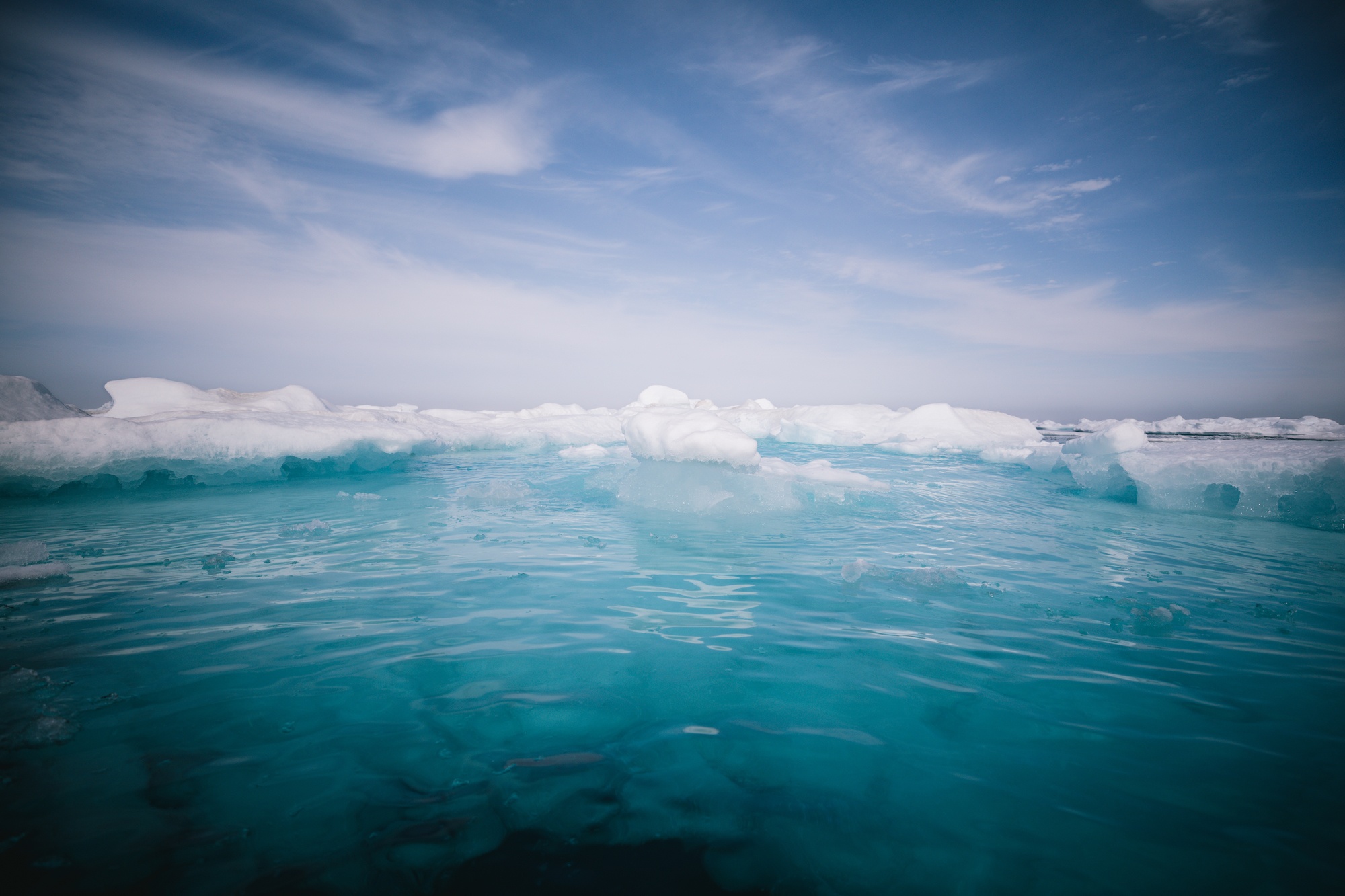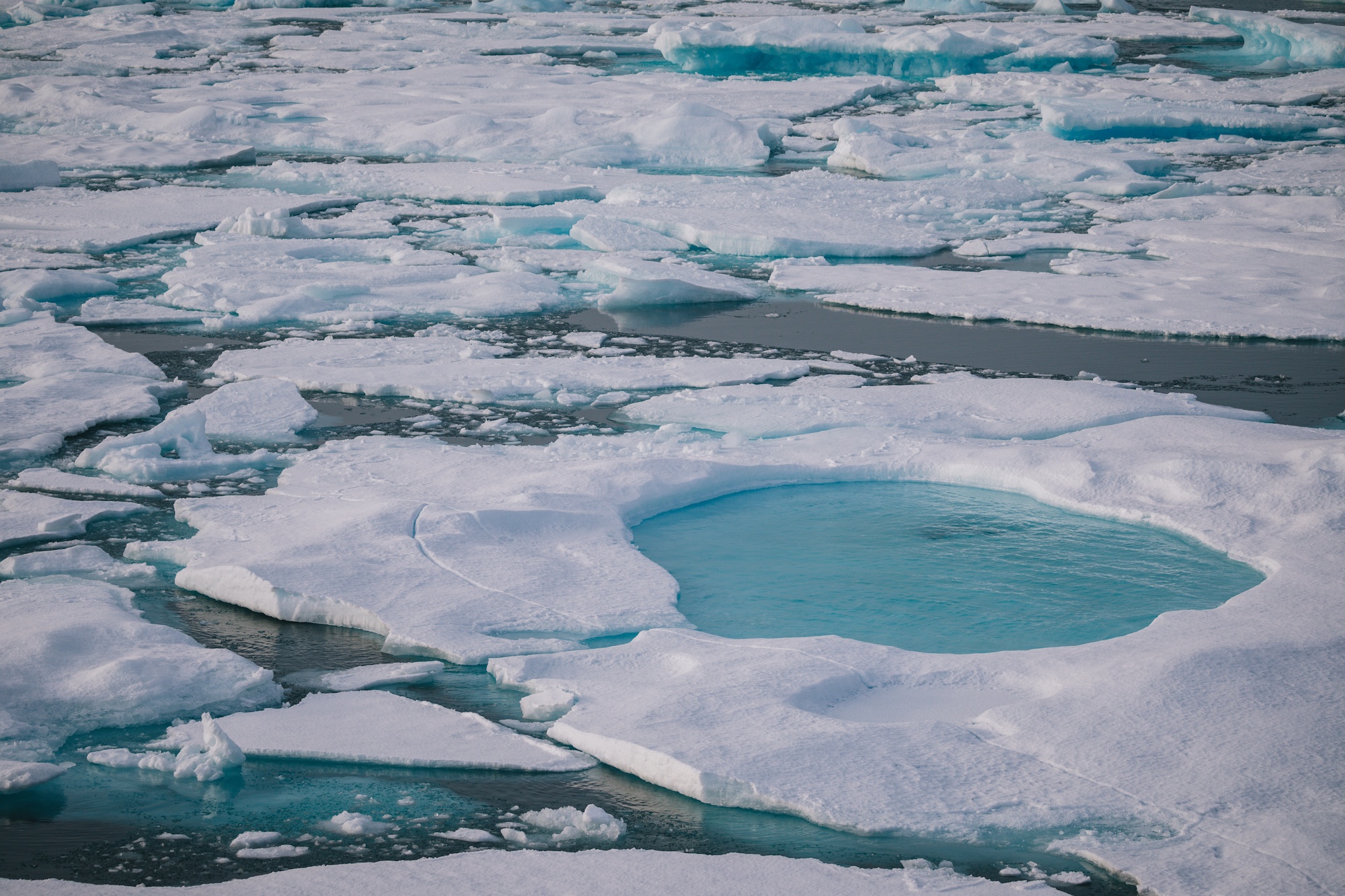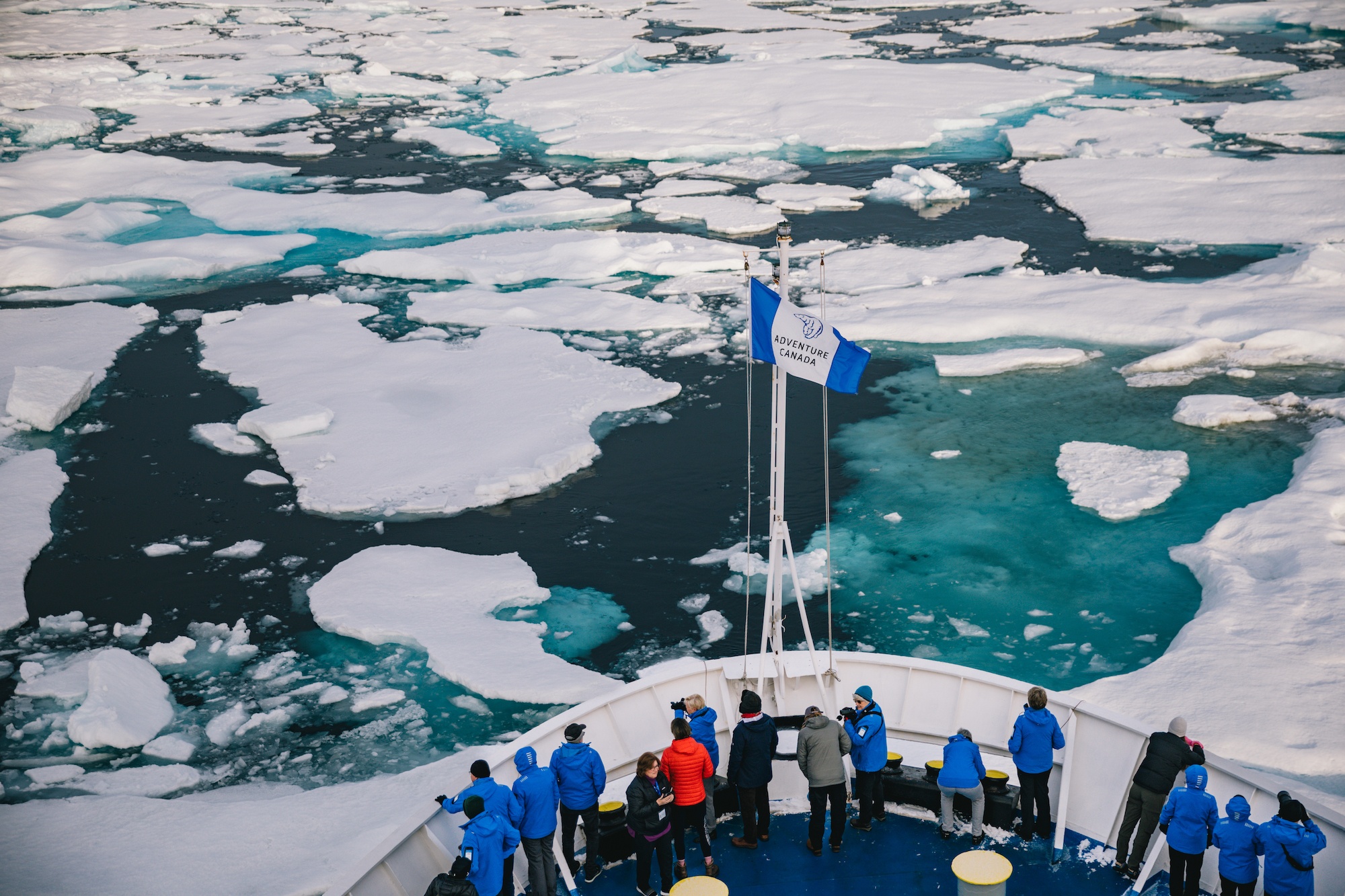When I think of the Arctic, the first thing that comes to mind is the vast expanse of ice.
Life in the far north is intricately connected to sea ice in every aspect. In Inuktitut and various Inuit dialects, there are over a hundred words for snow and ice. These encompass thick sea ice enduring for years, the ice crystals forming just before freezing, snow suitable for icing sled runners, and ice tested with a harpoon.
In the summertime, ice plays a crucial role in determining the routes of expedition ships. Although much sea ice melts in warmer months, some persists, moved by winds and tides, often blocking bays and harbors. Navigating through different types of ice requires skill, and understanding ice charts is something I’d love to learn. The Ocean Endeavour, our ship with Adventure Canada, has a 1B ice class rating, allowing it to handle moderate sea ice but possibly needing an icebreaker.
During my Arctic expedition with Adventure Canada last summer, one of the highlights was experiencing the sea ice, especially in Baffin Bay.
